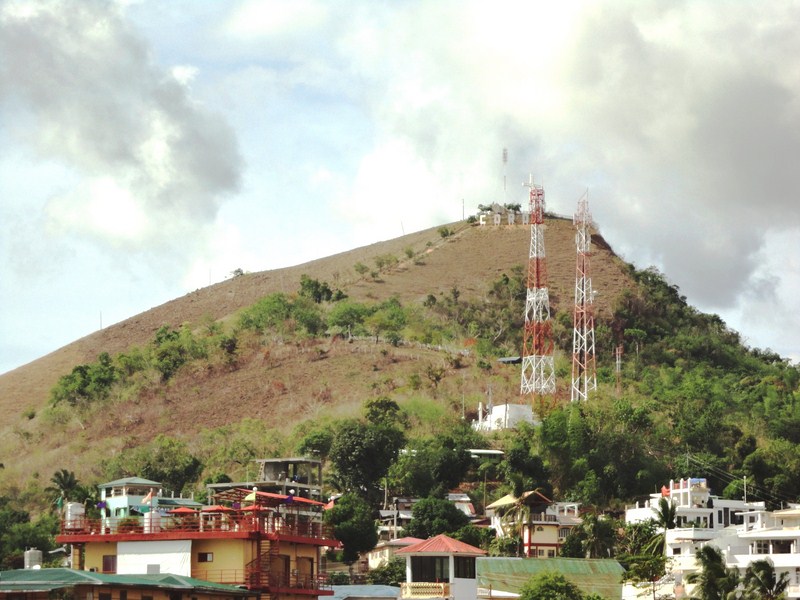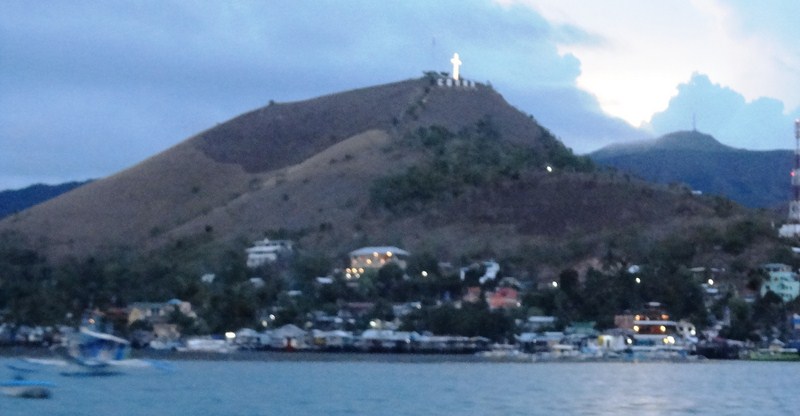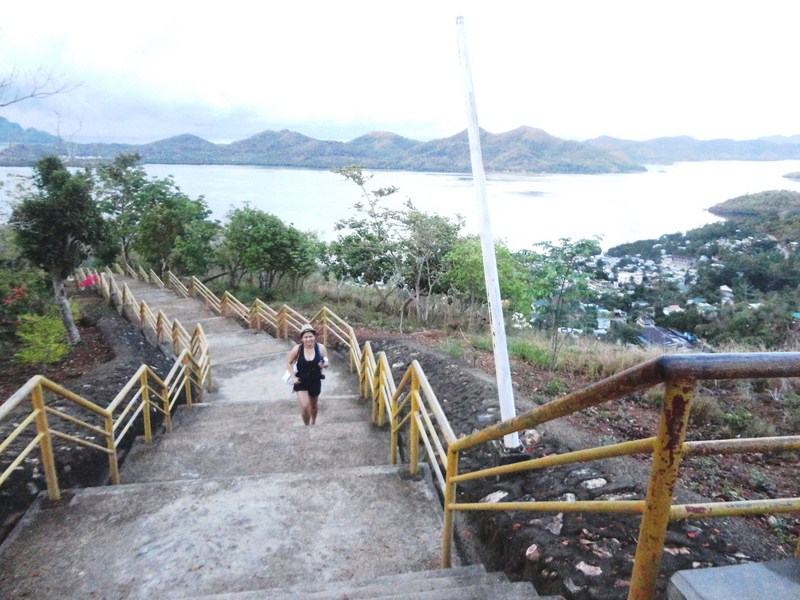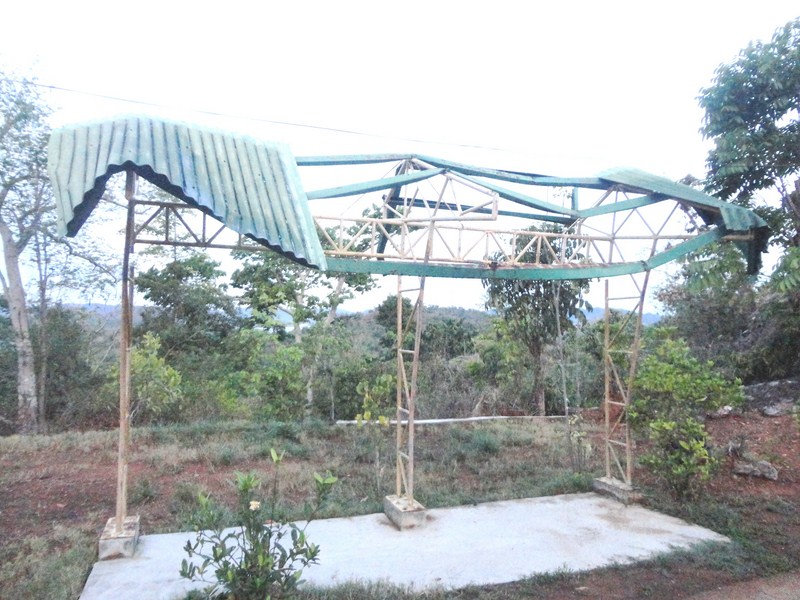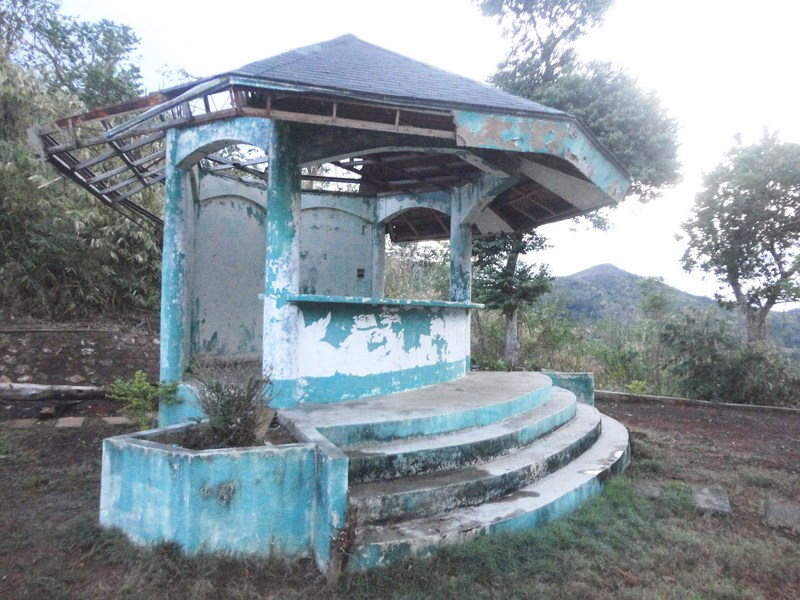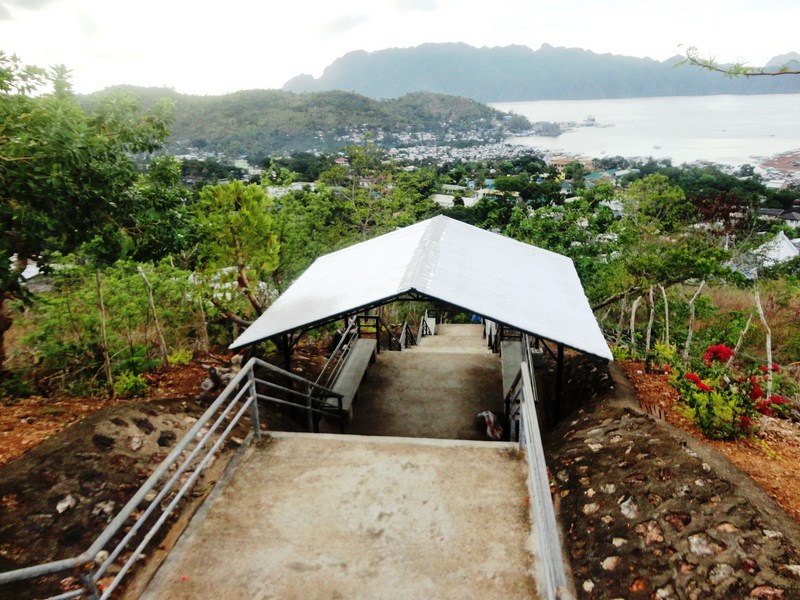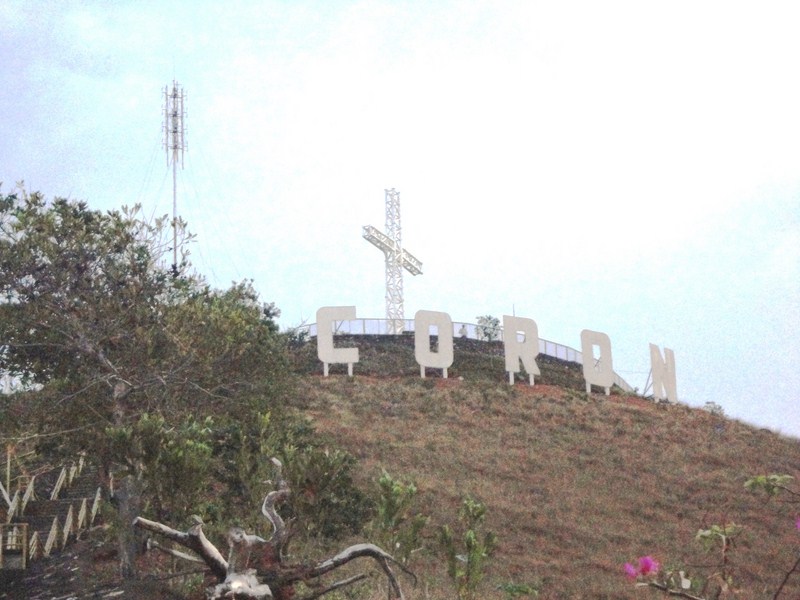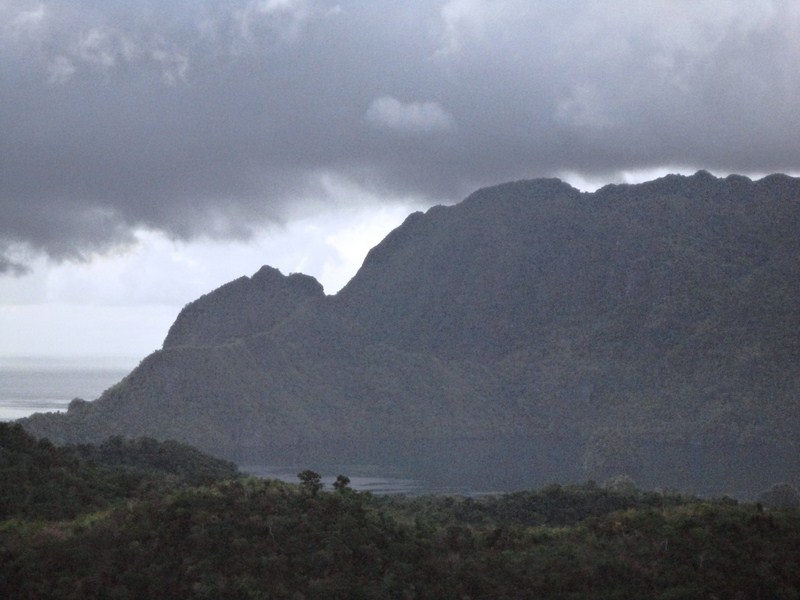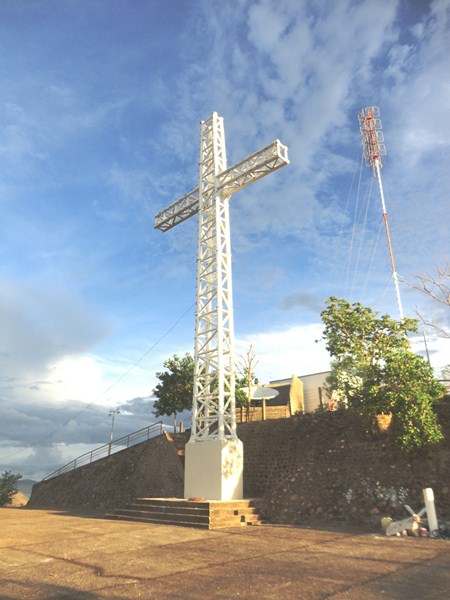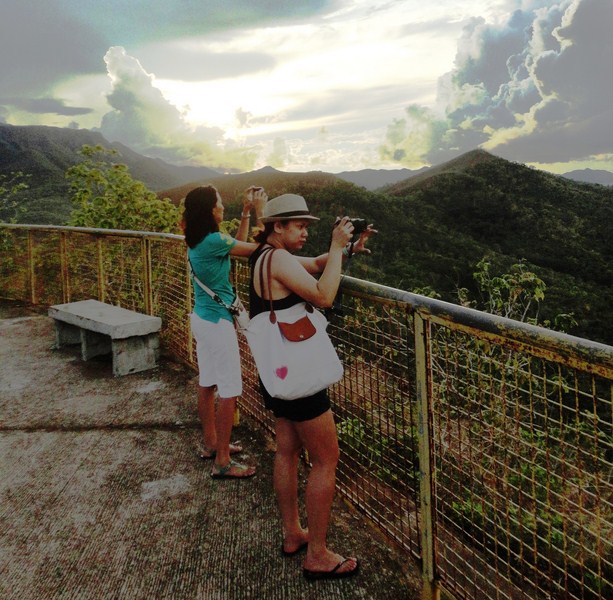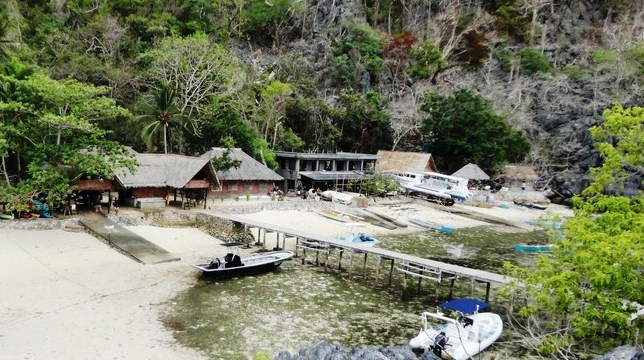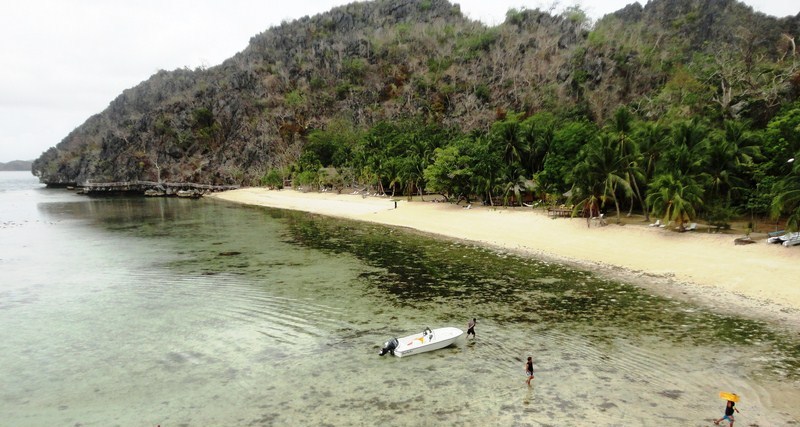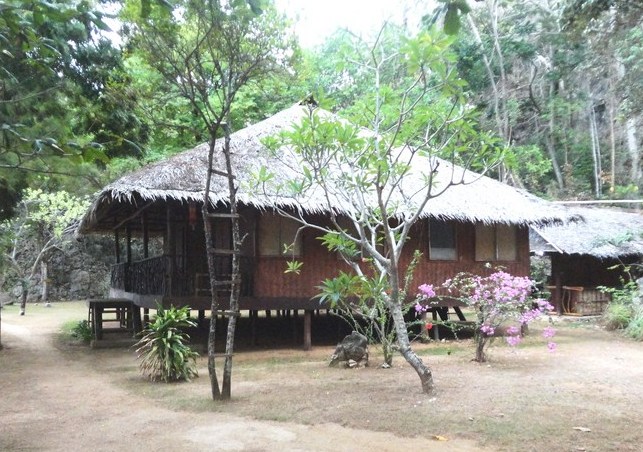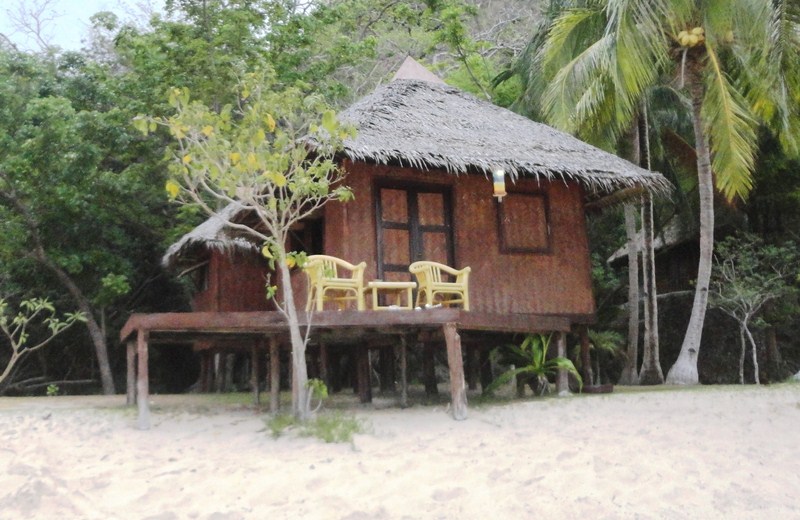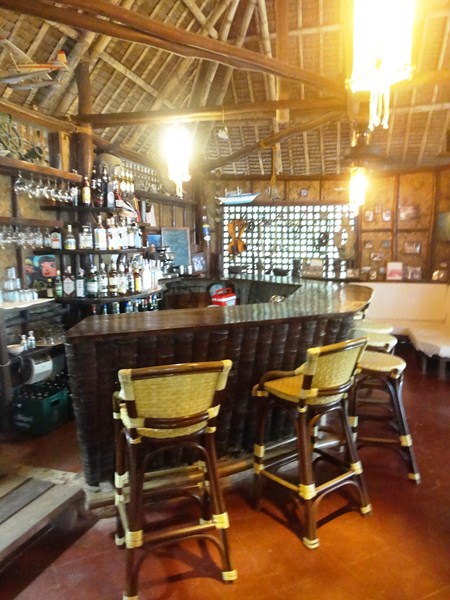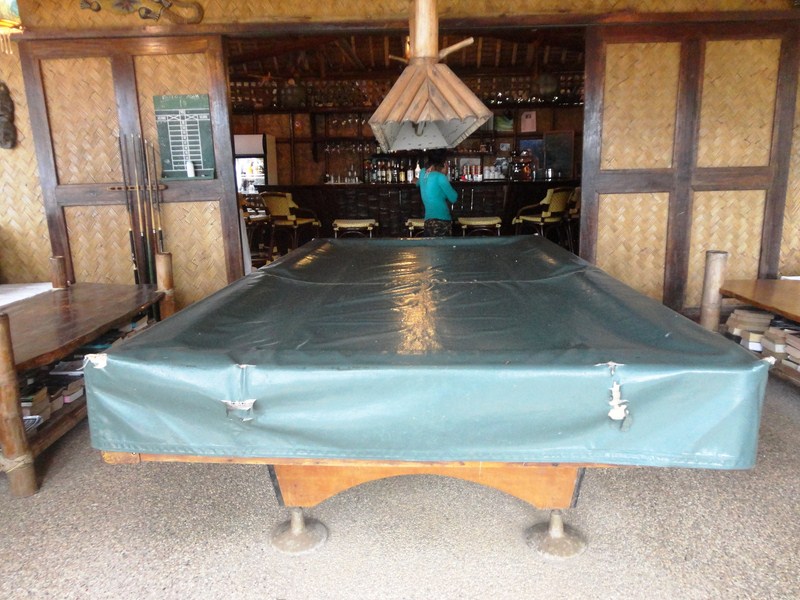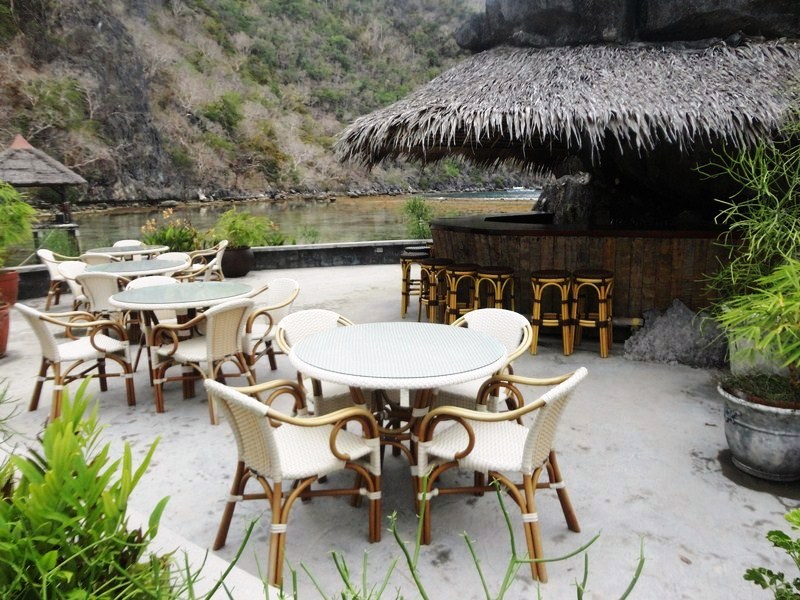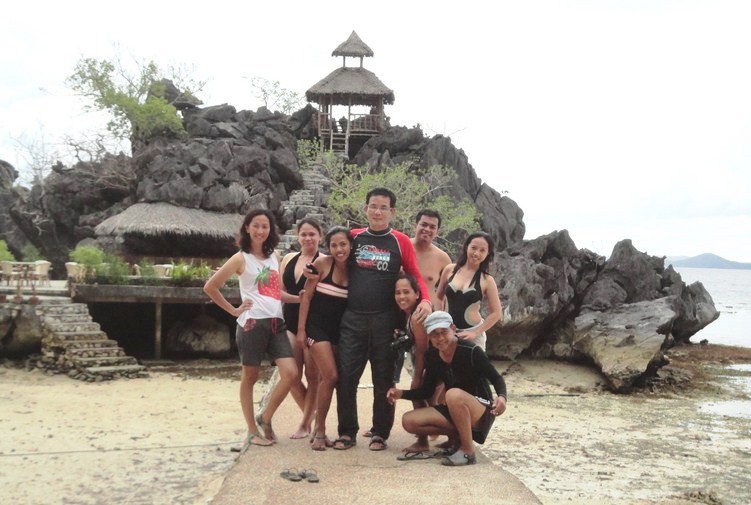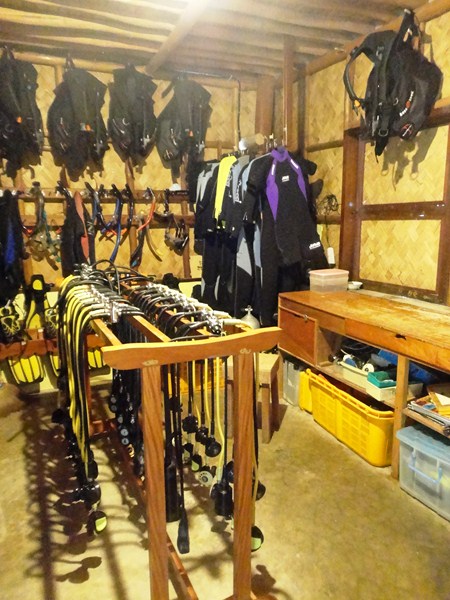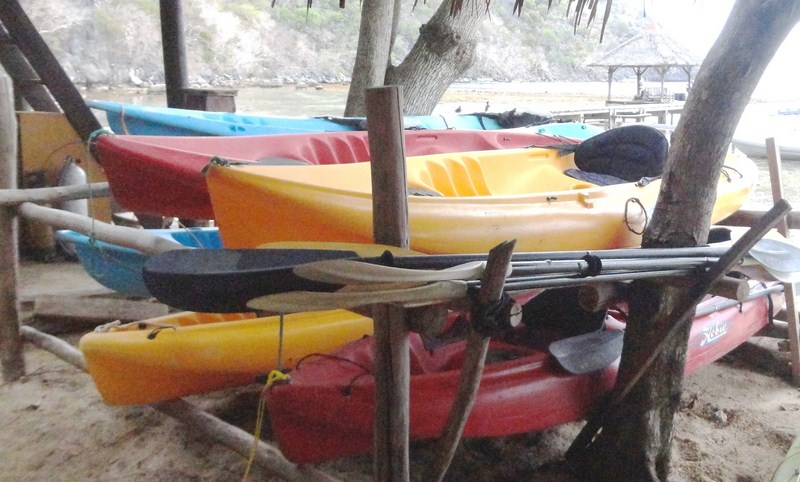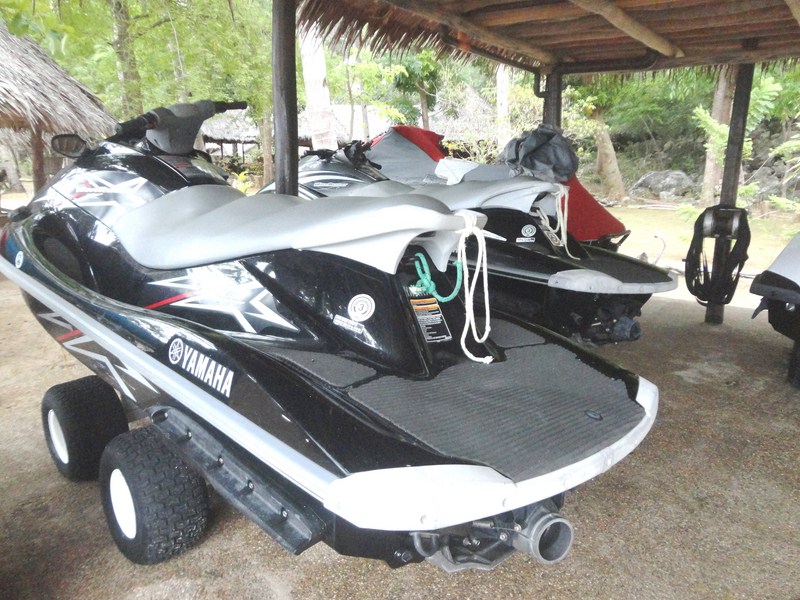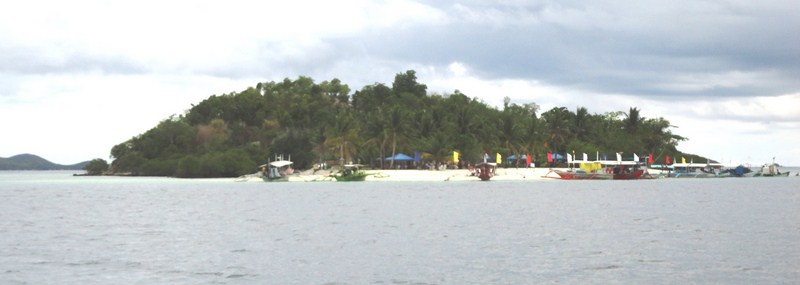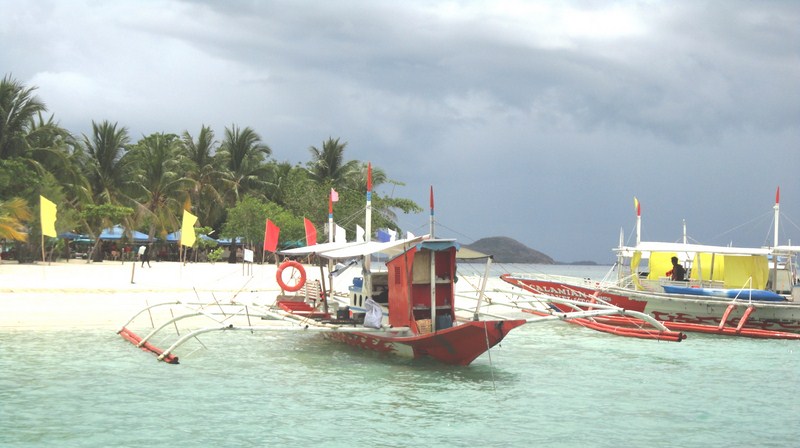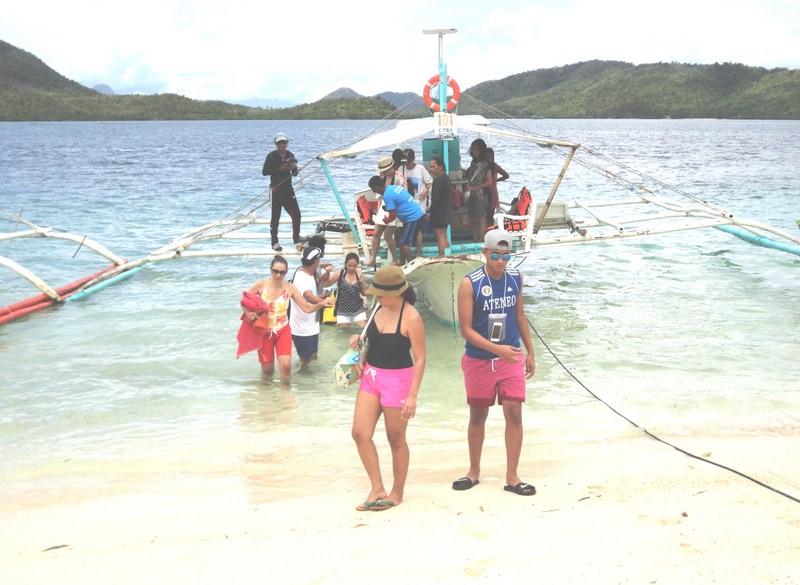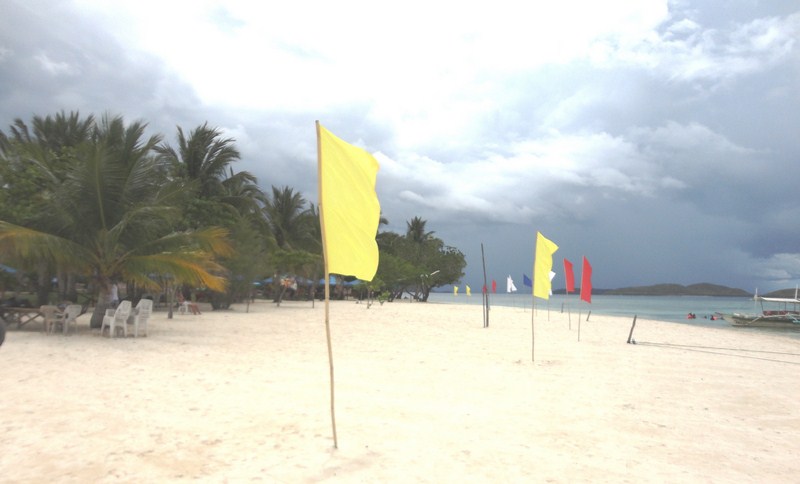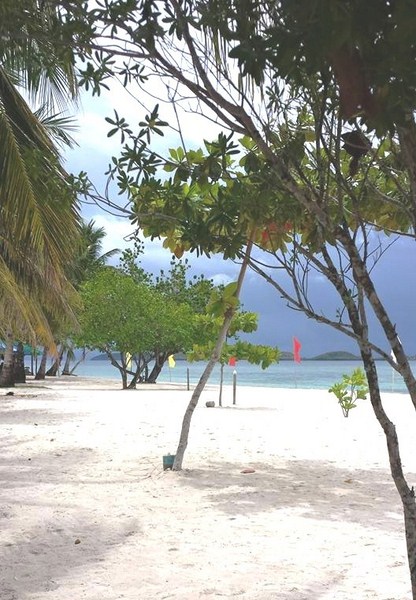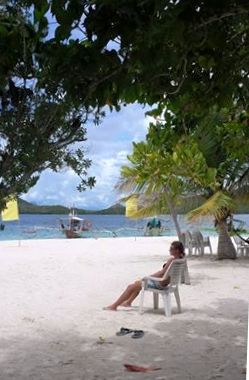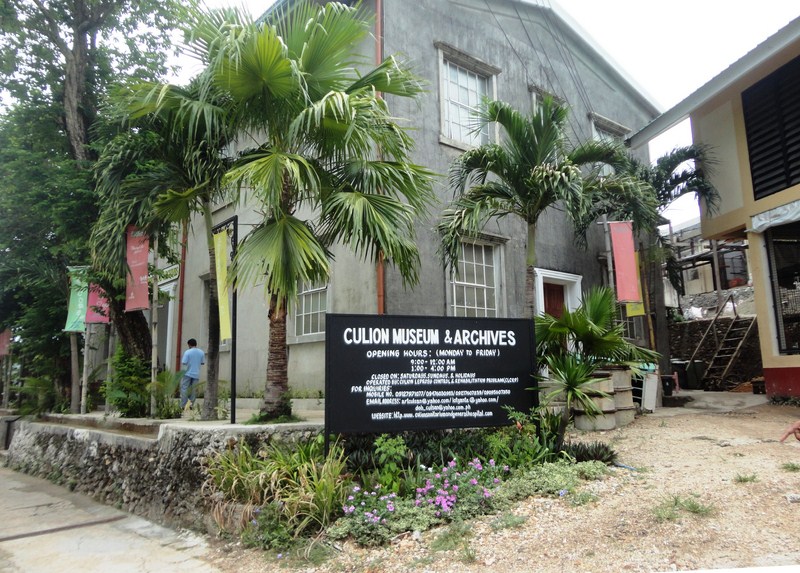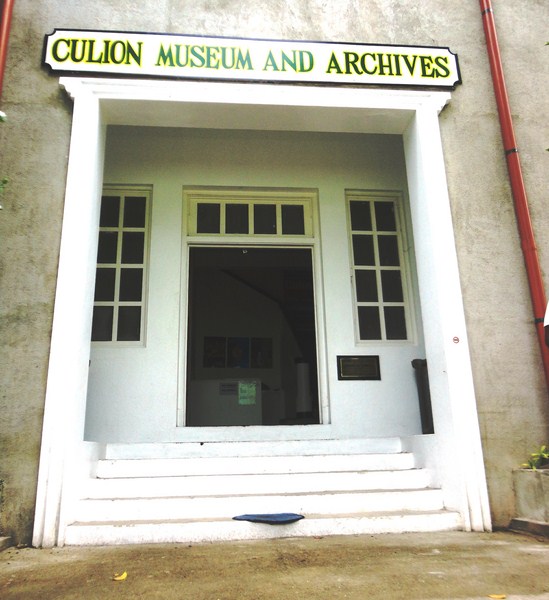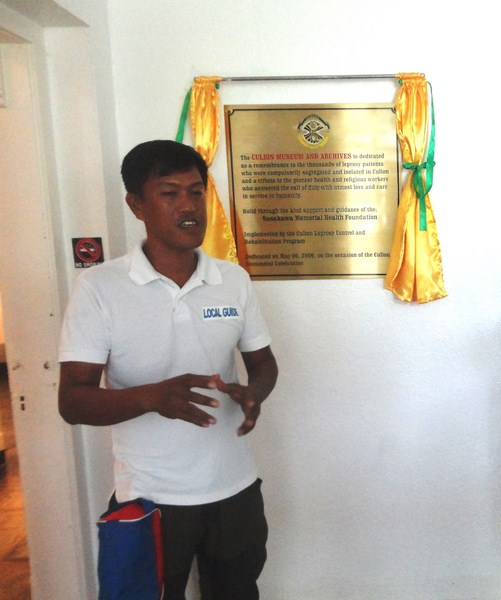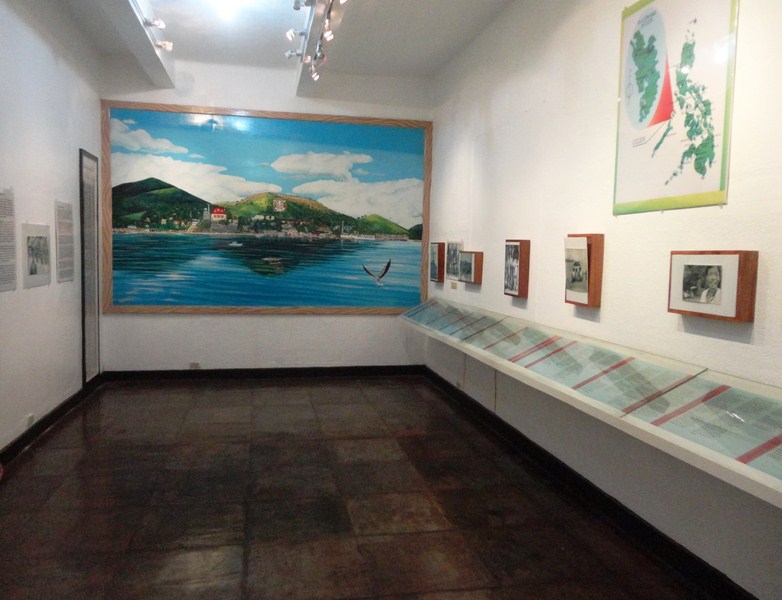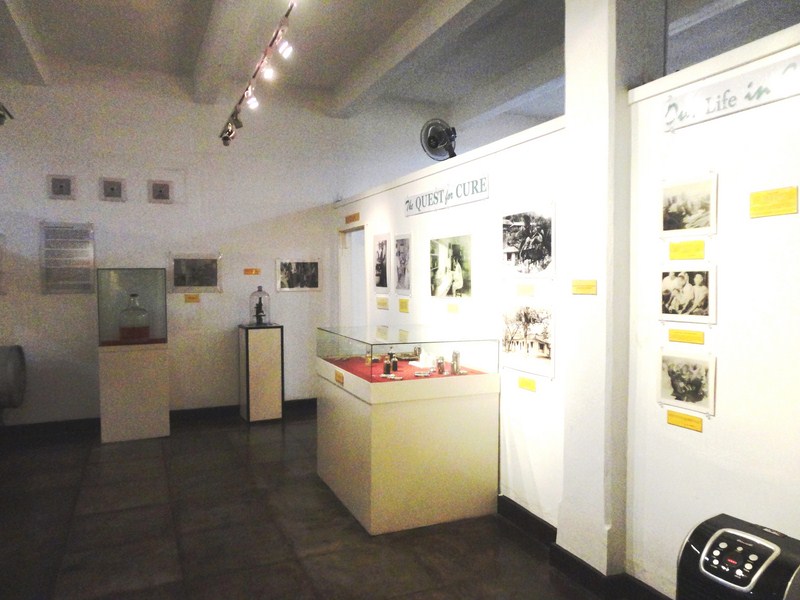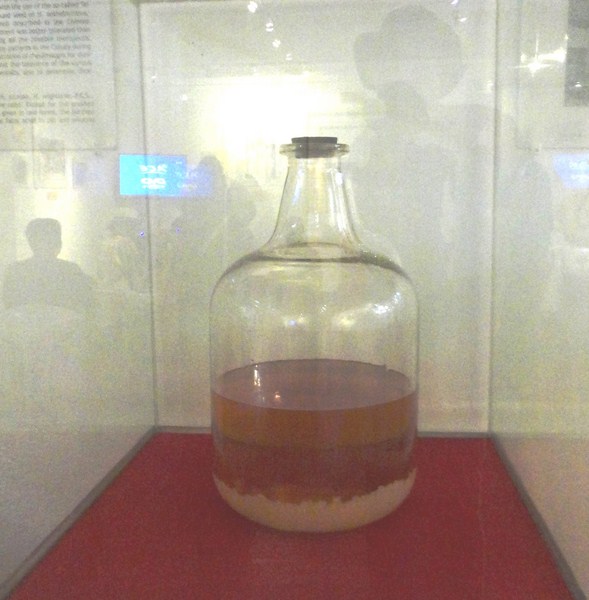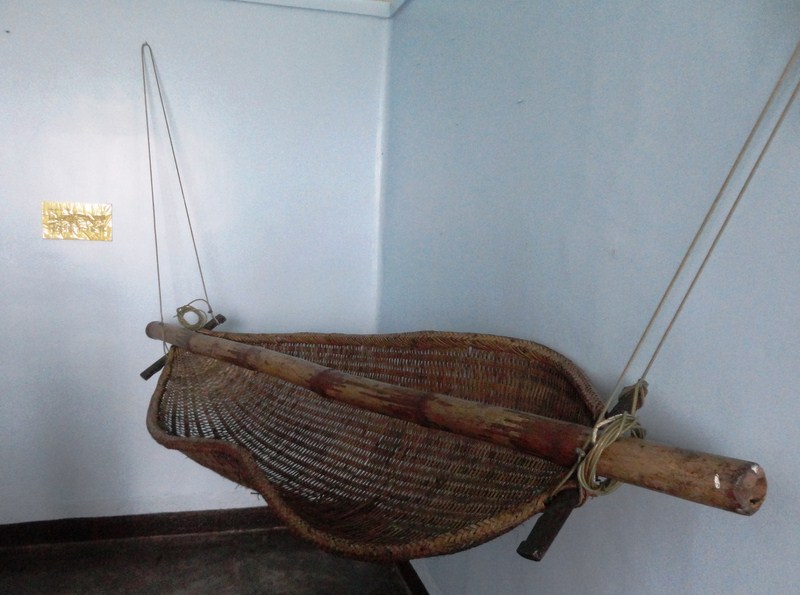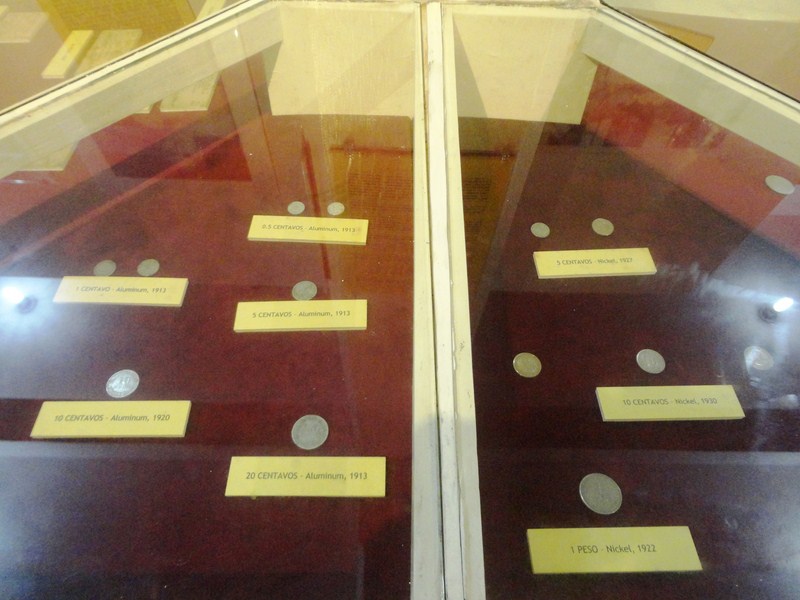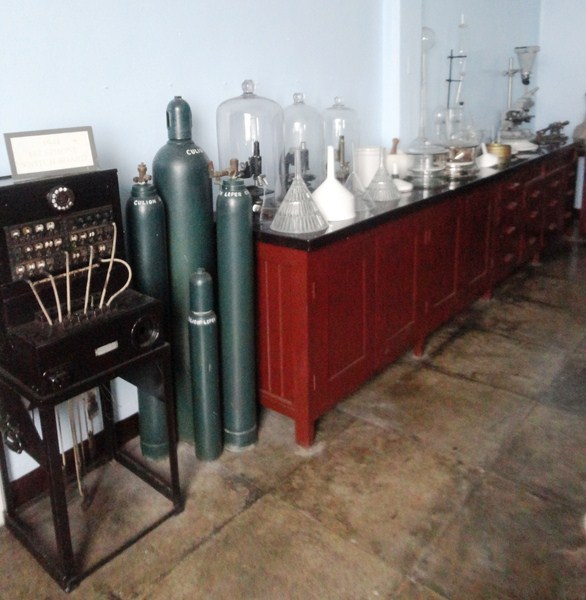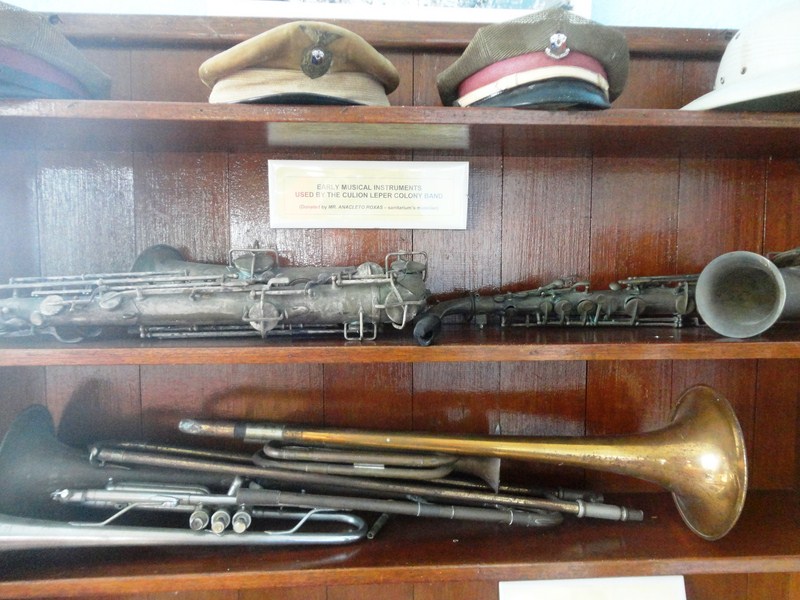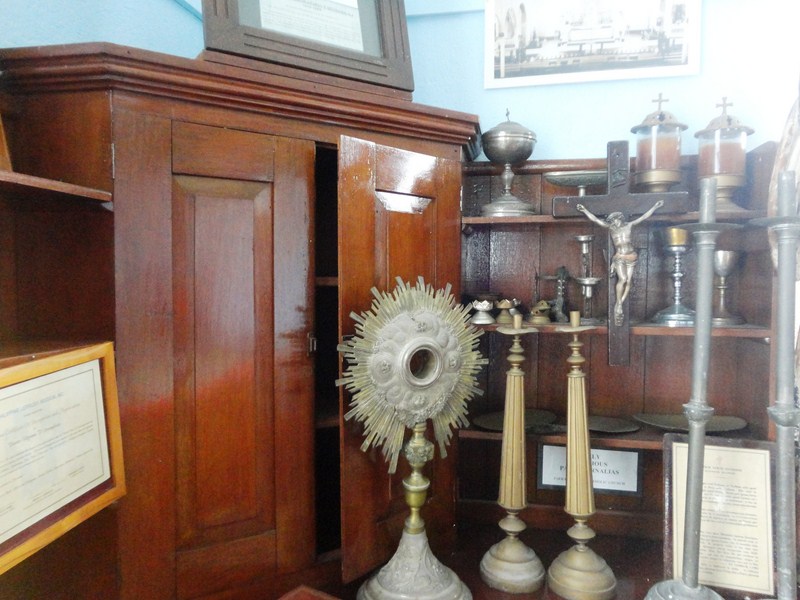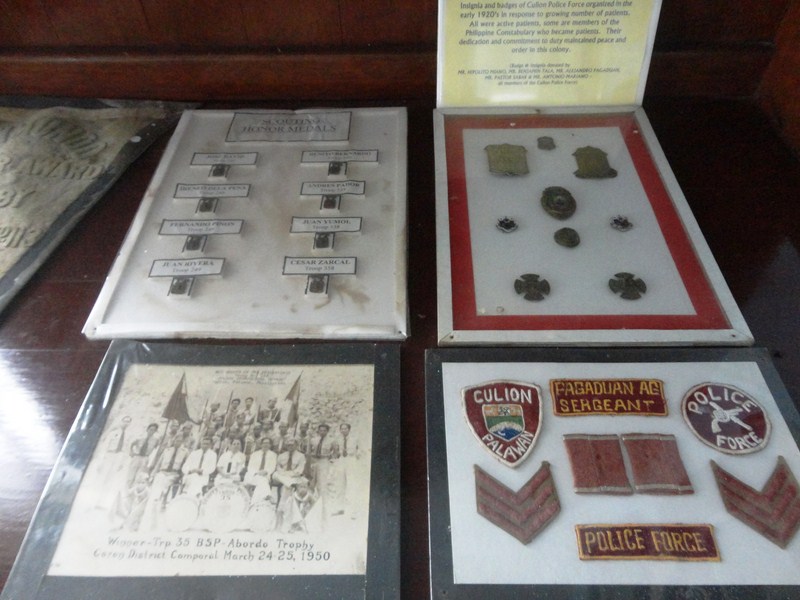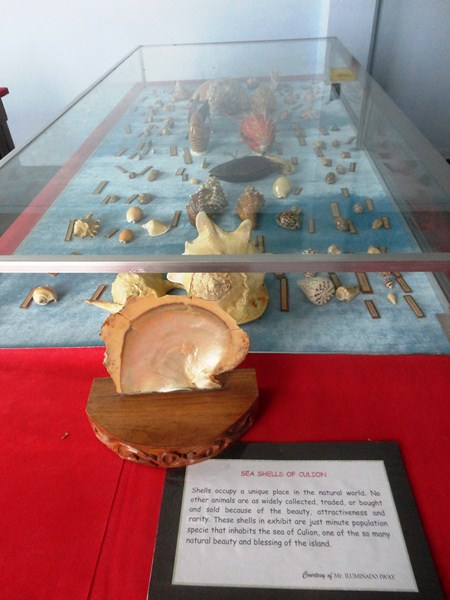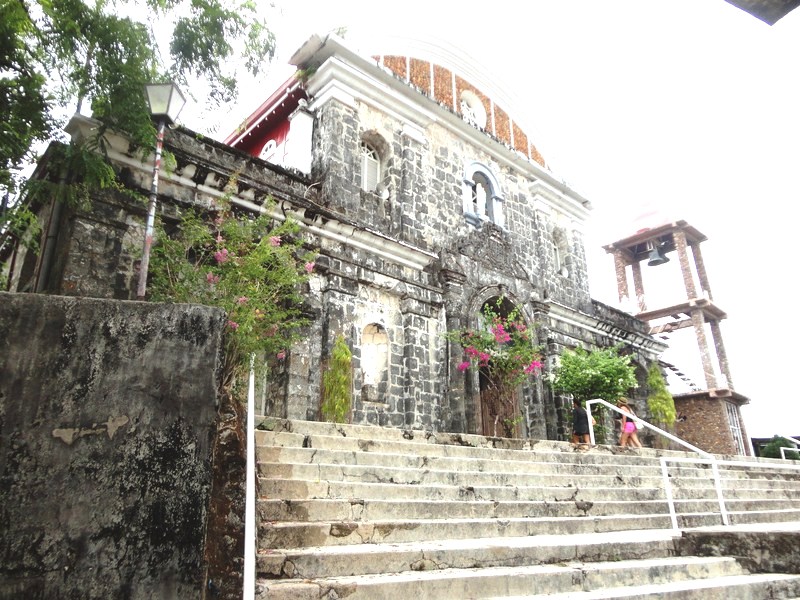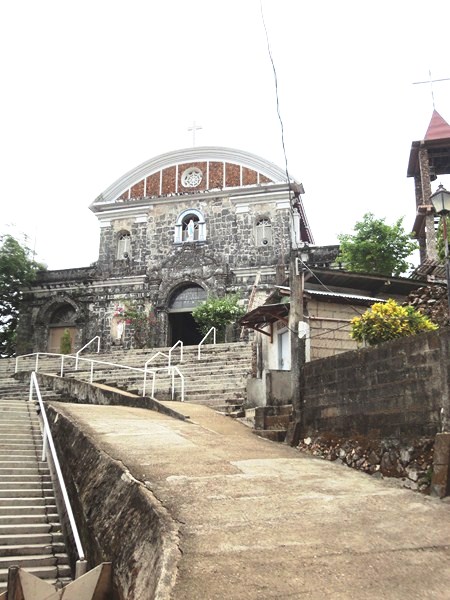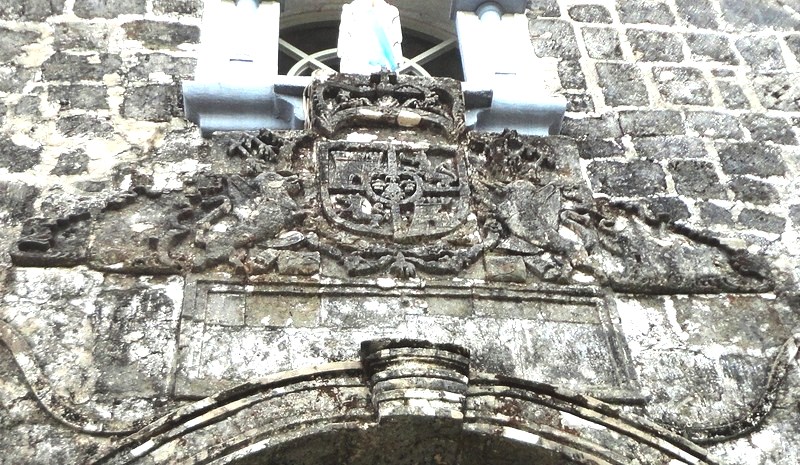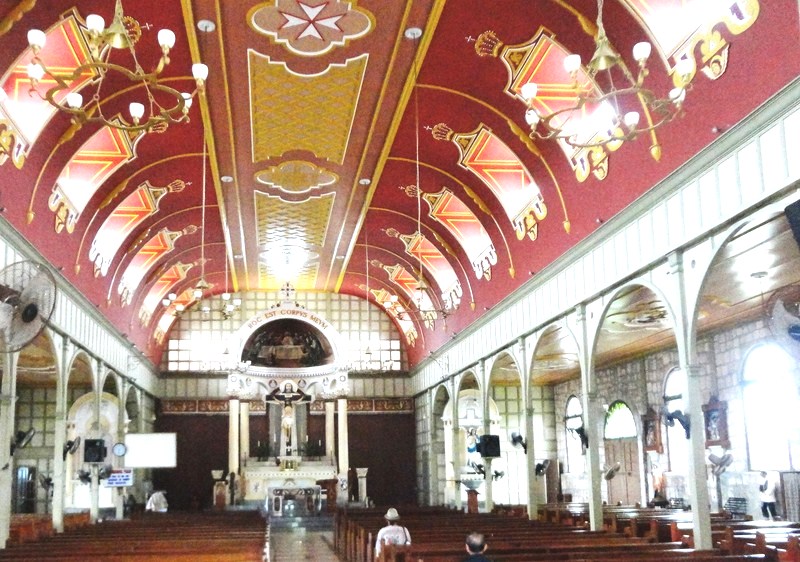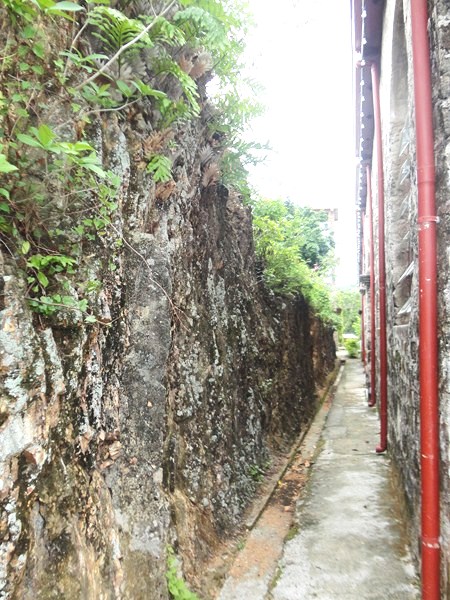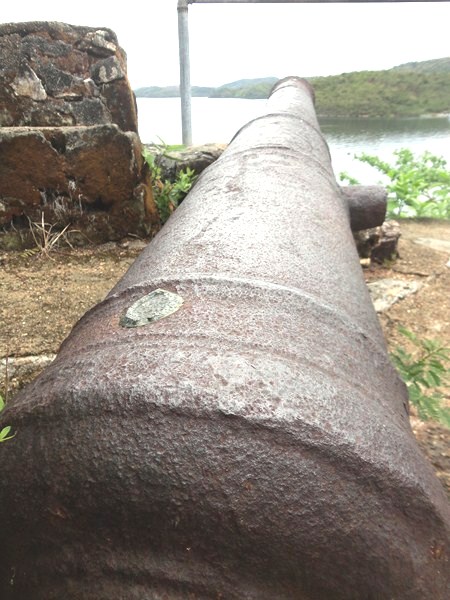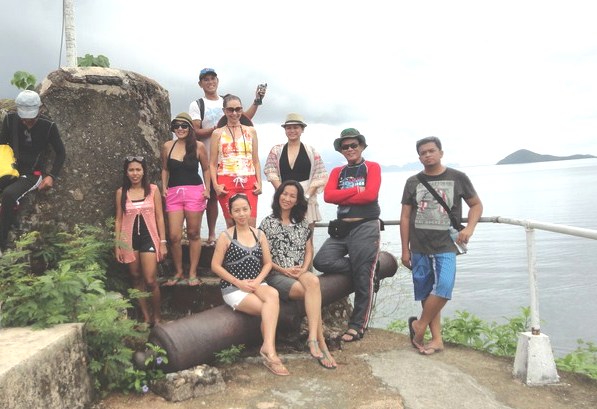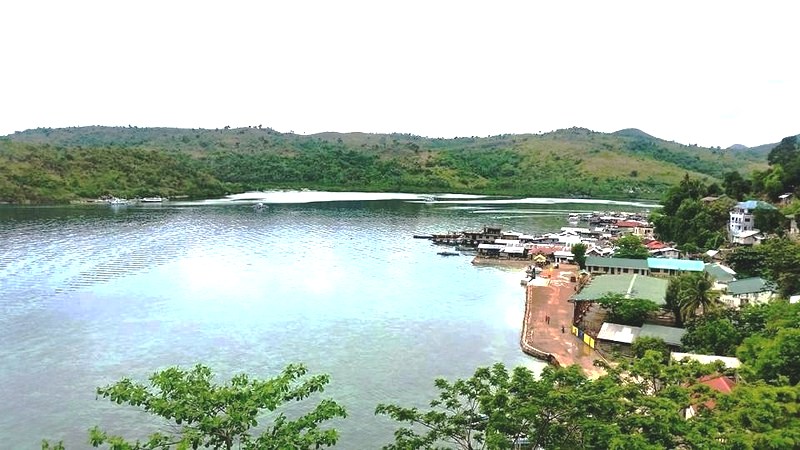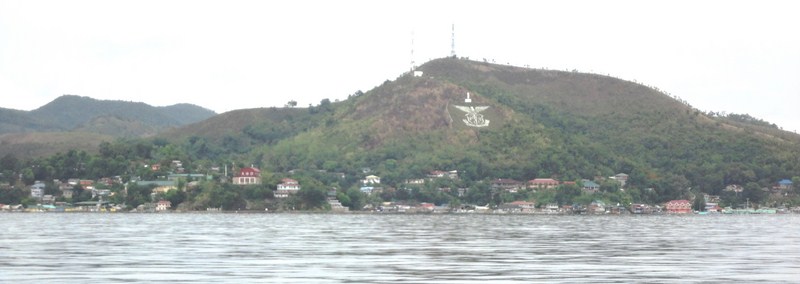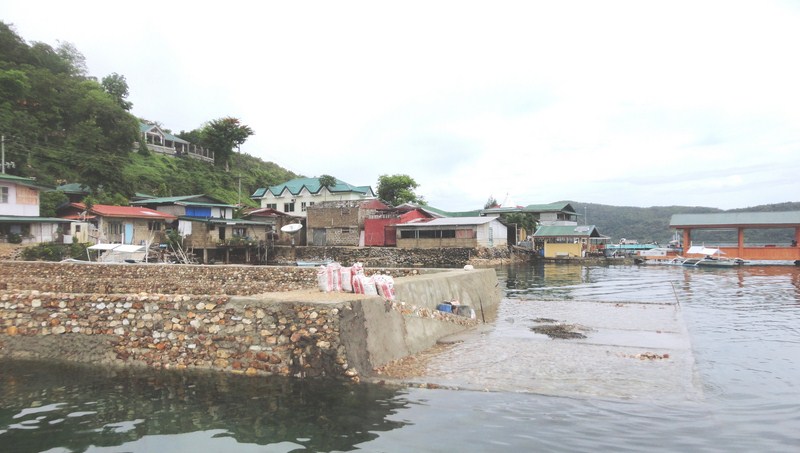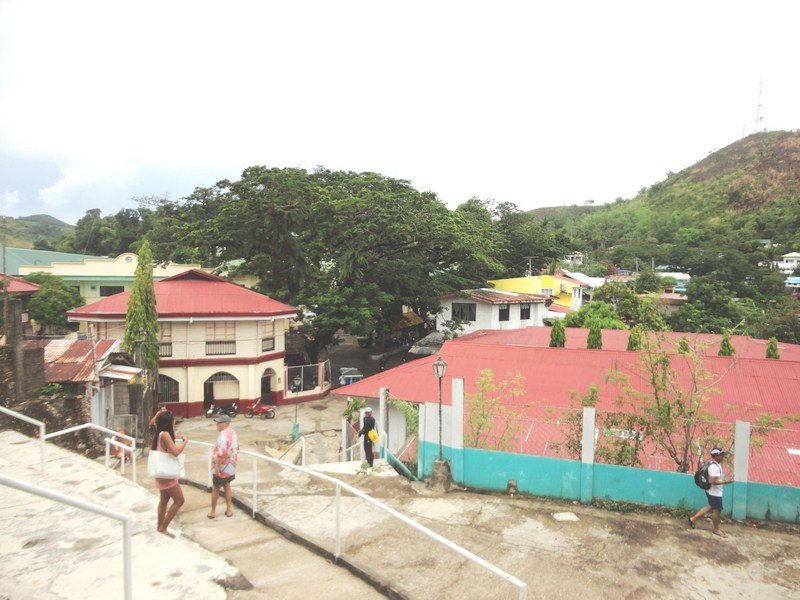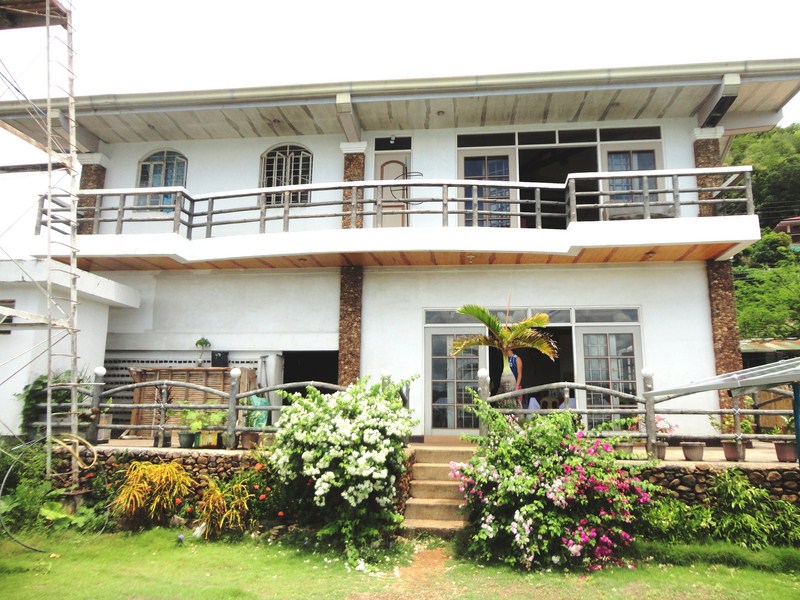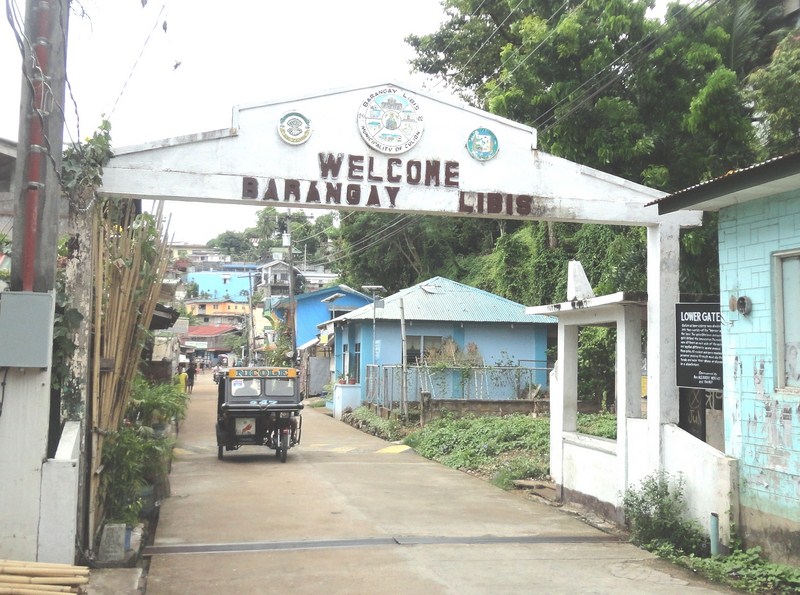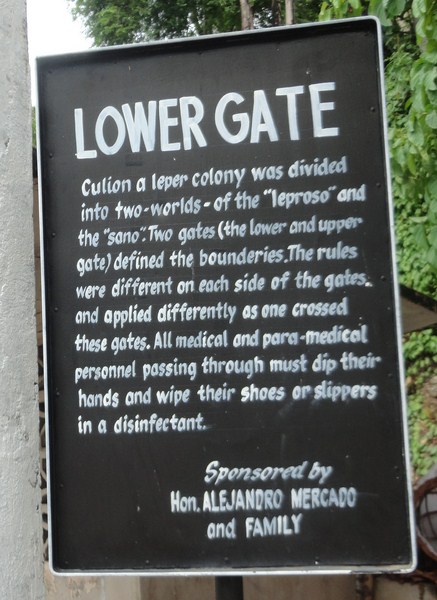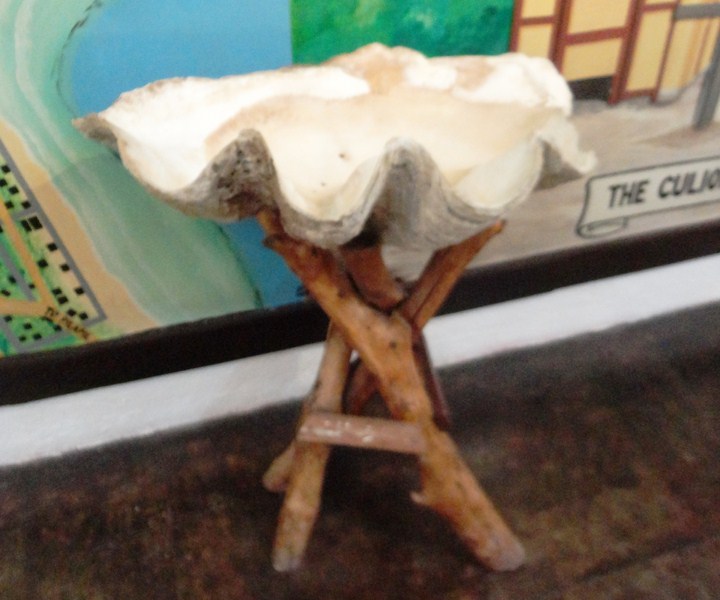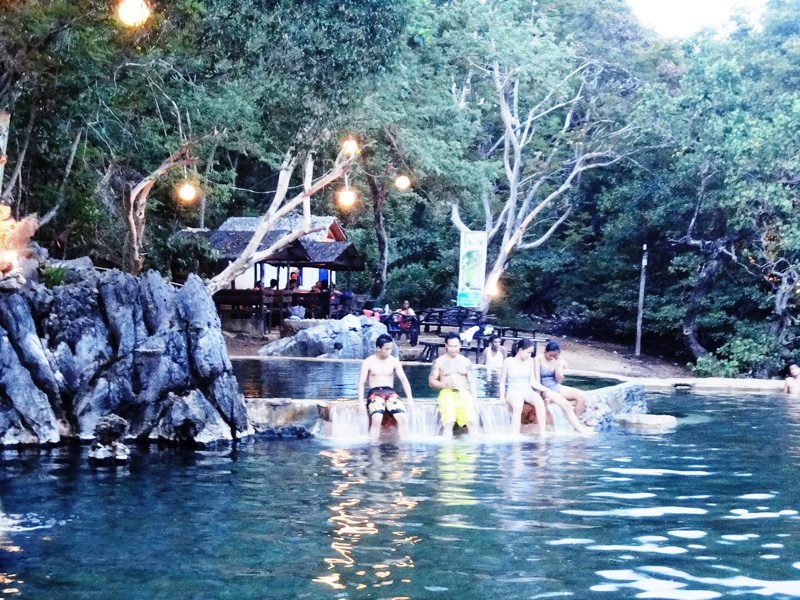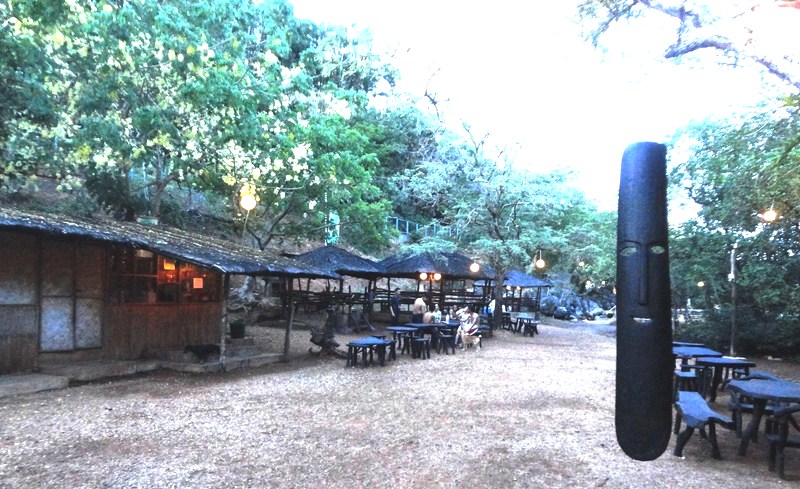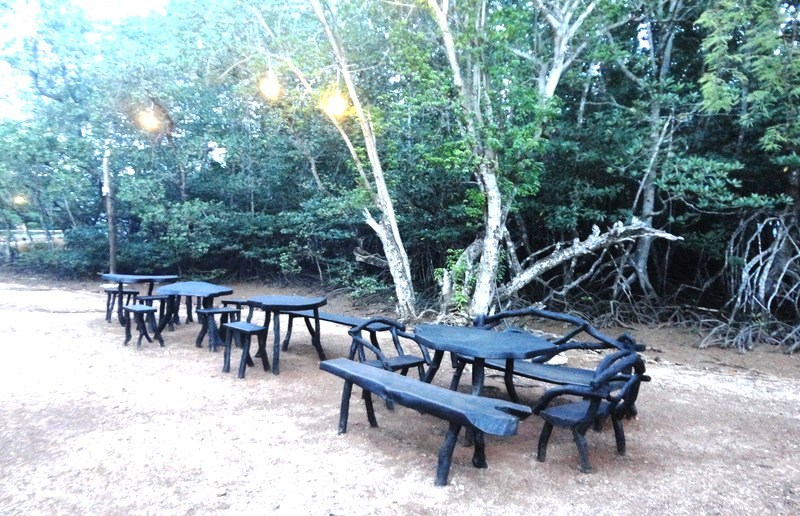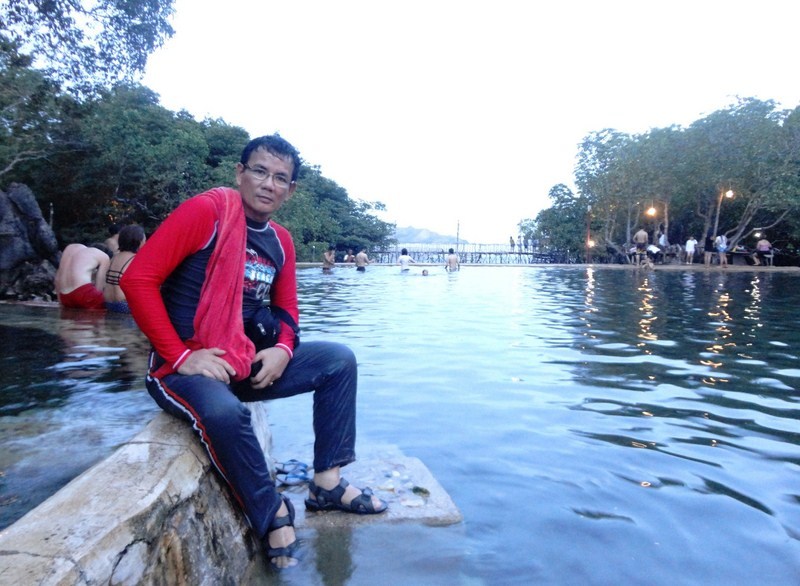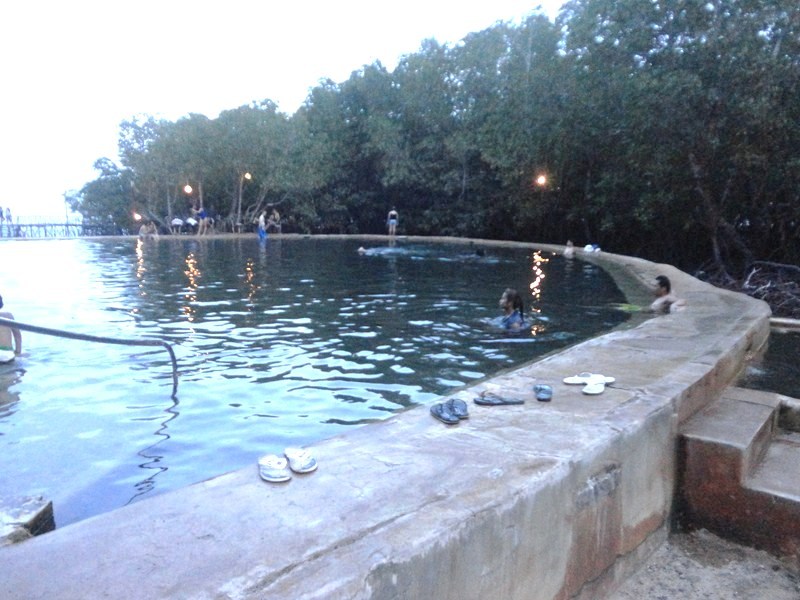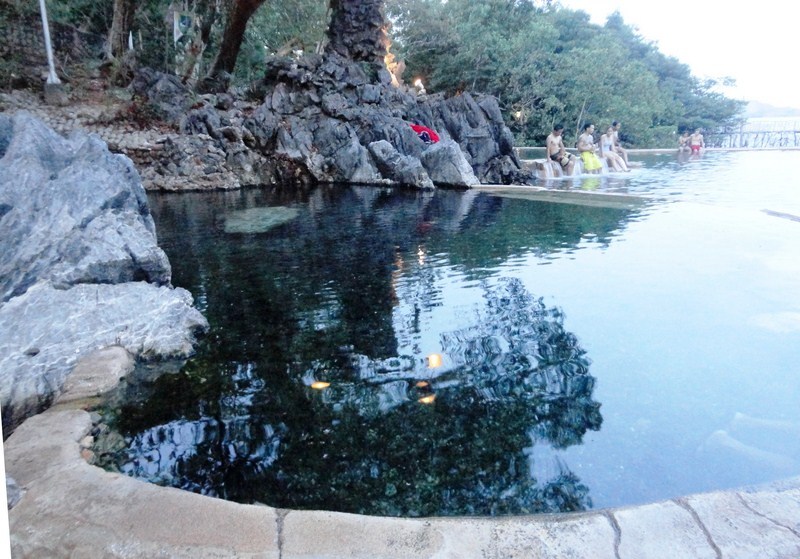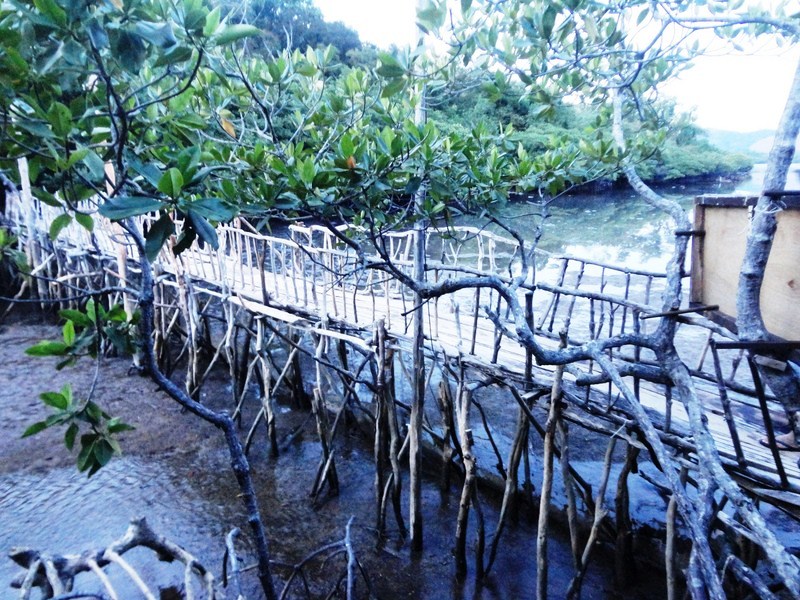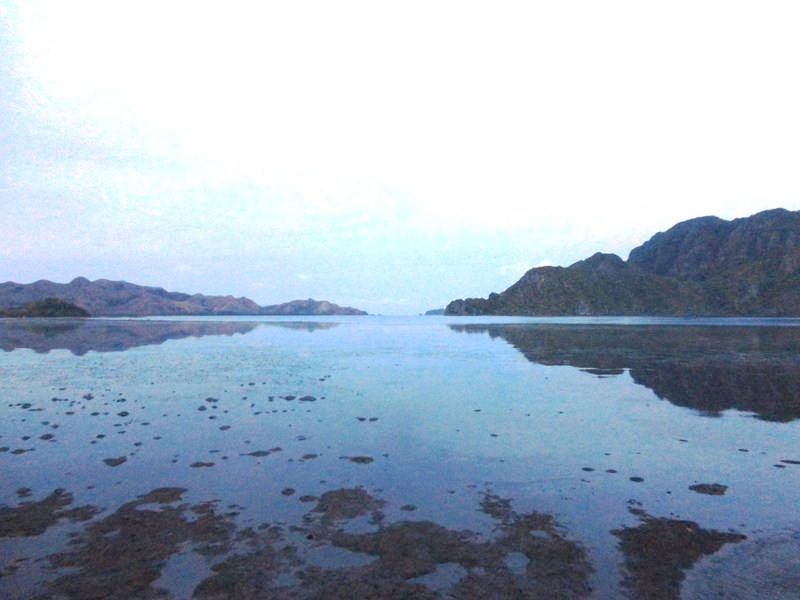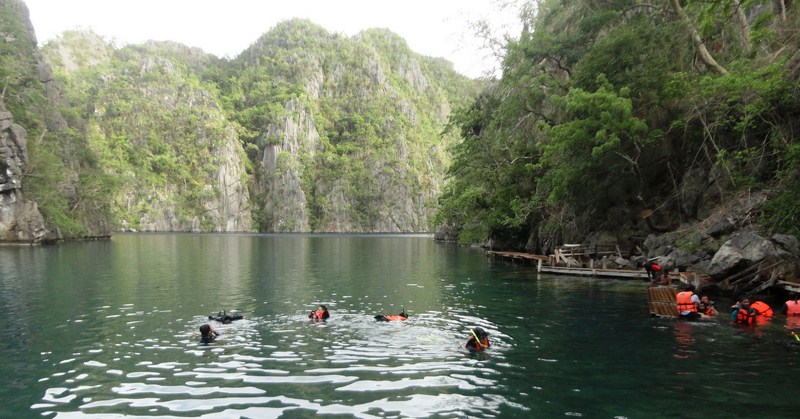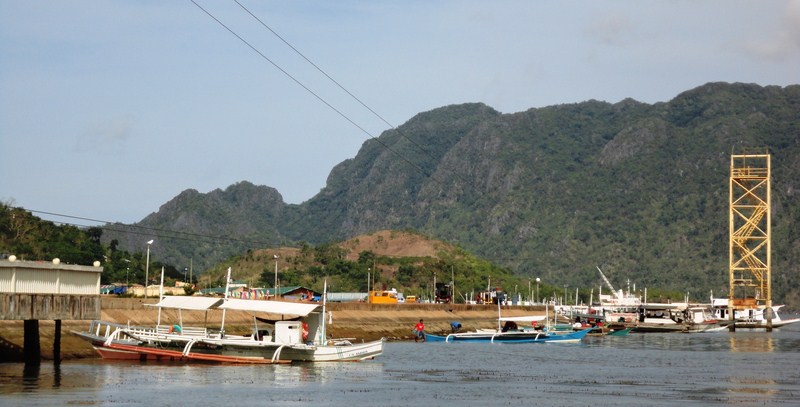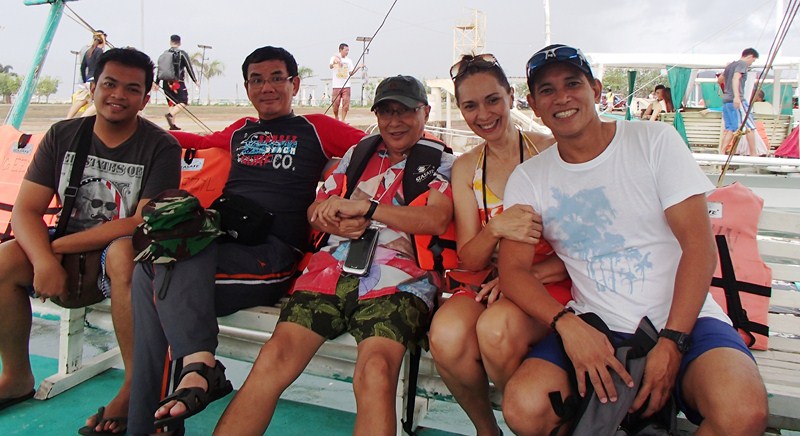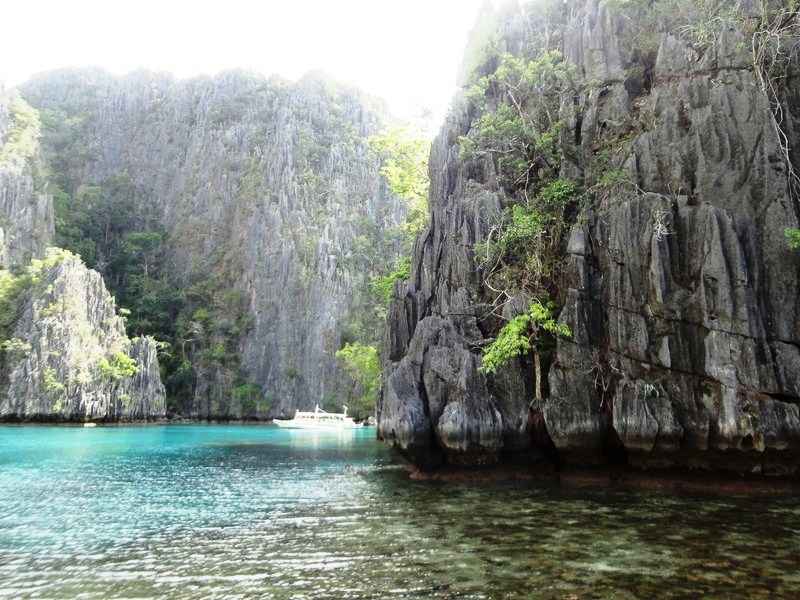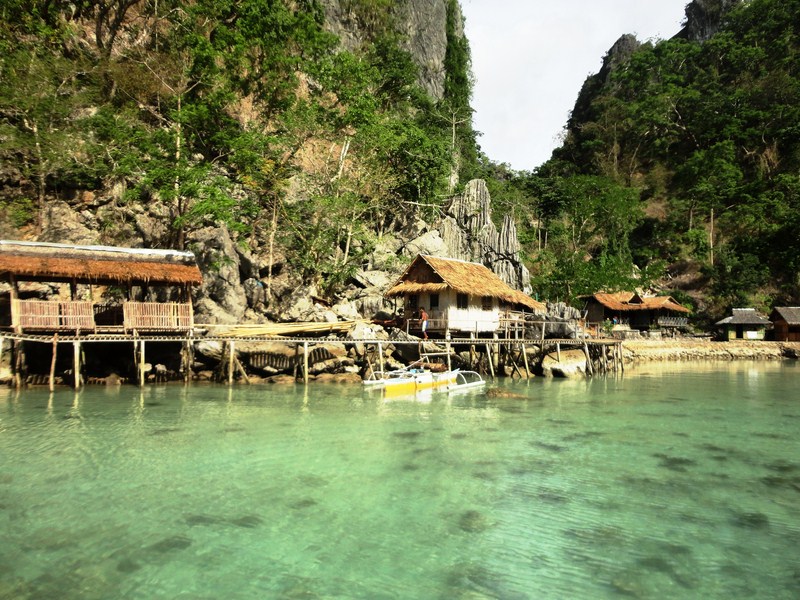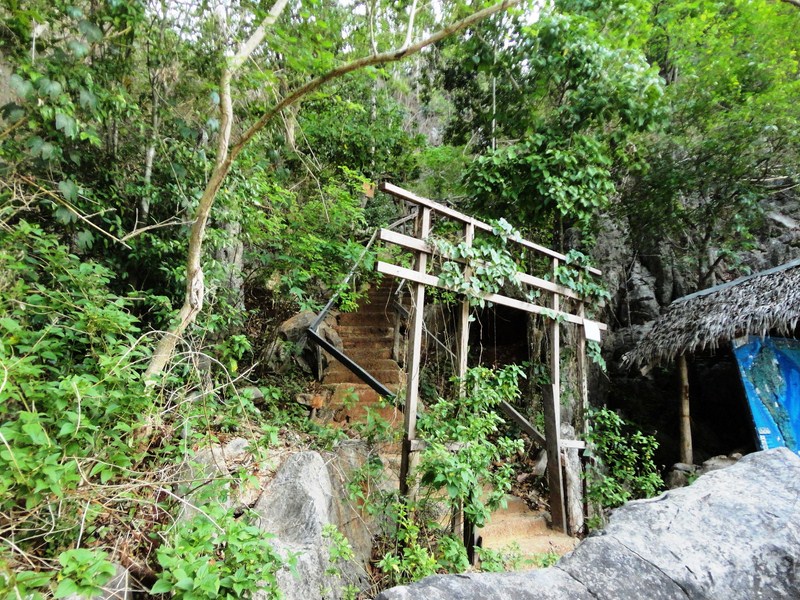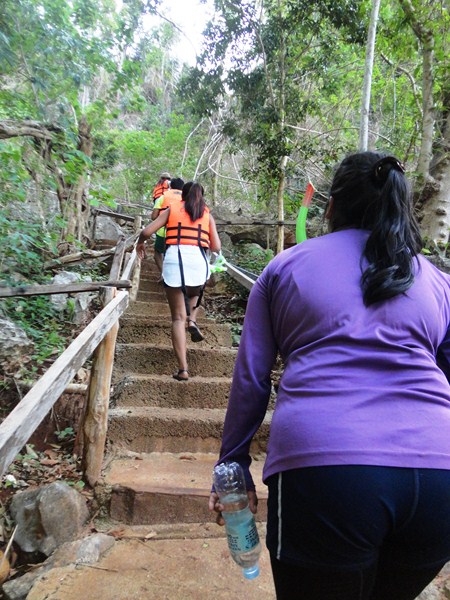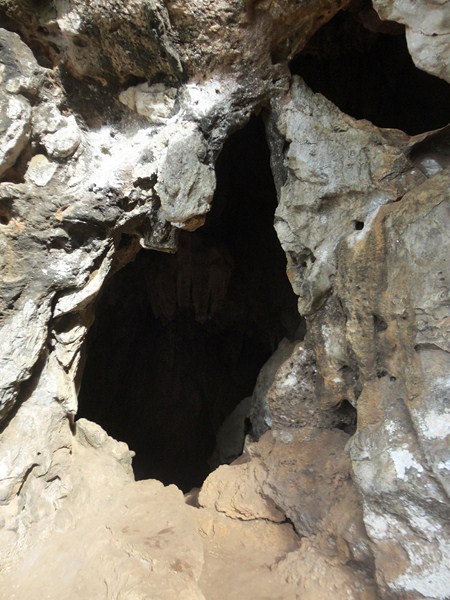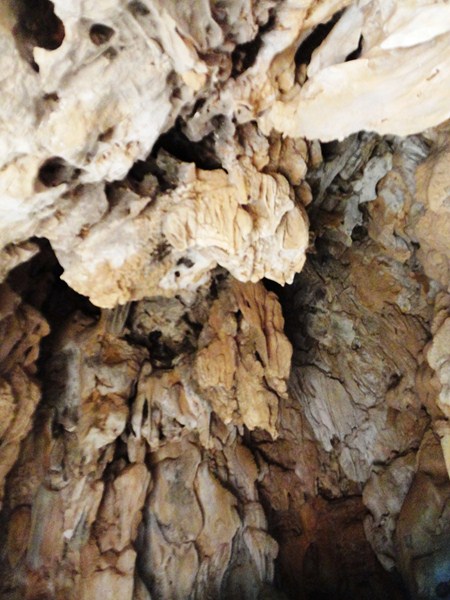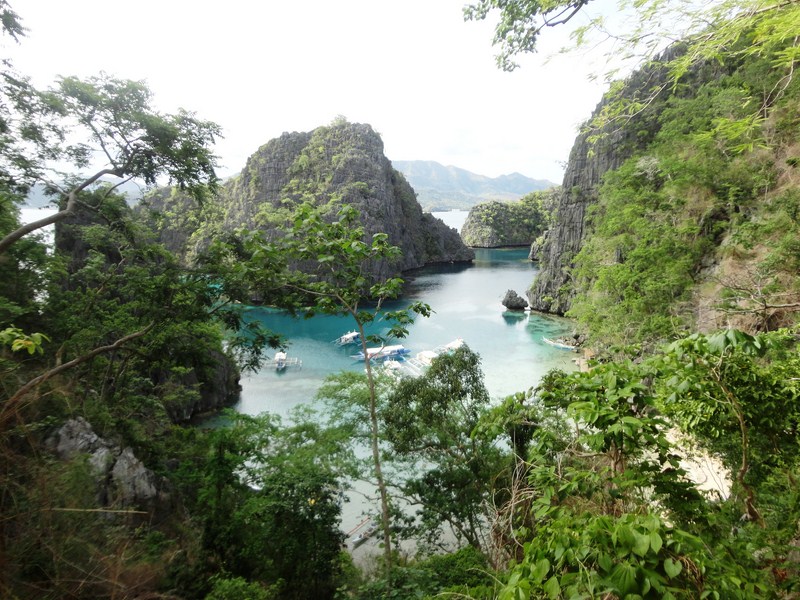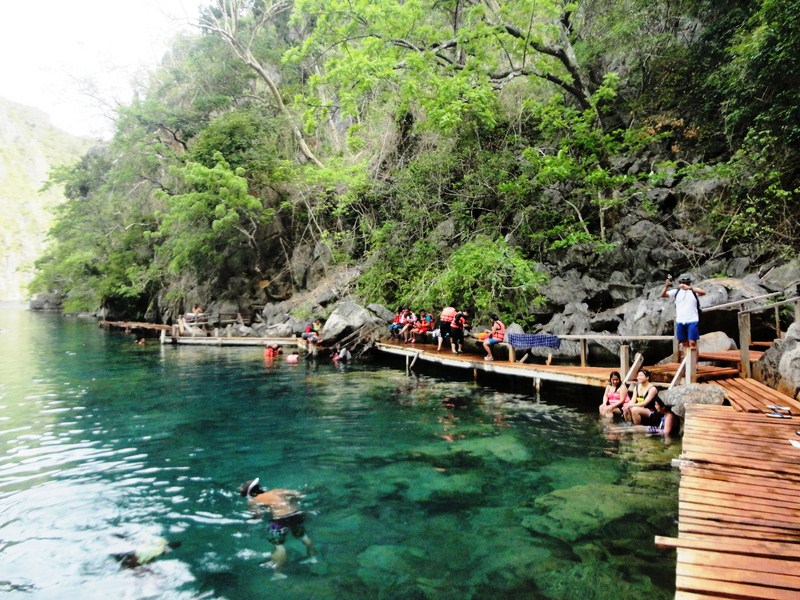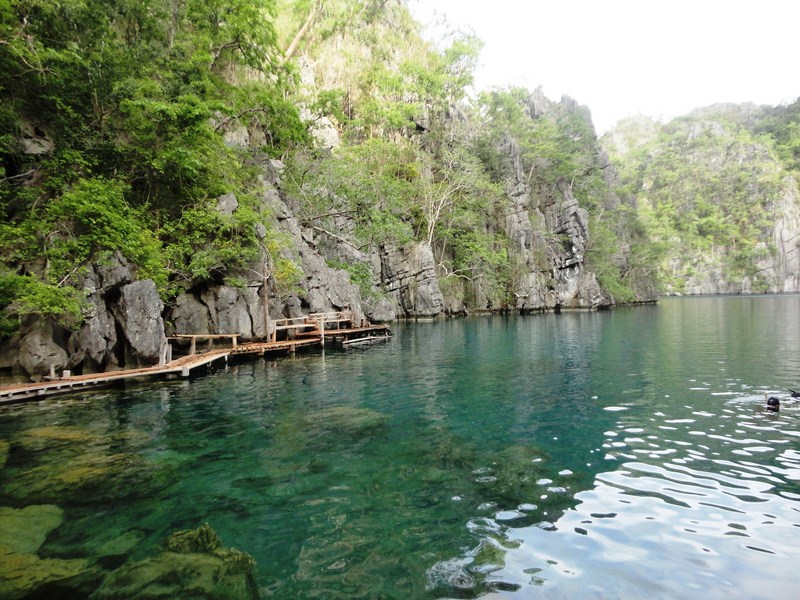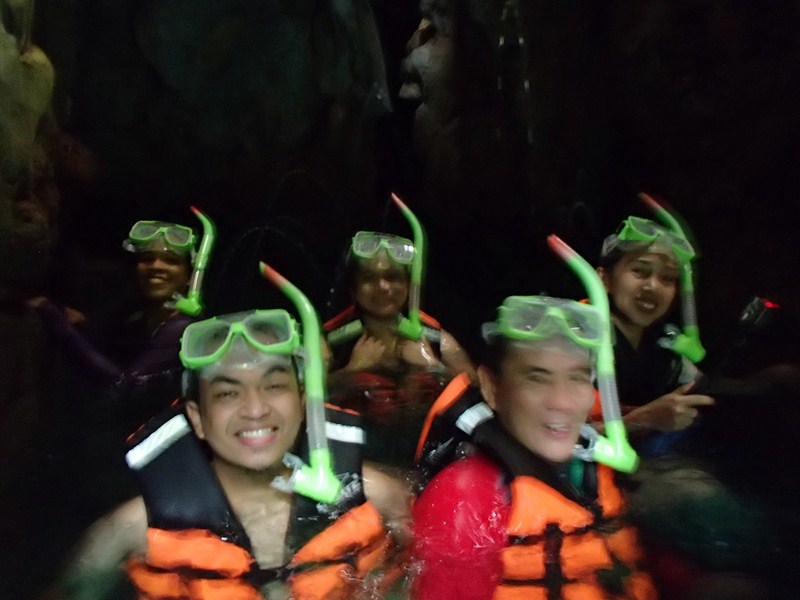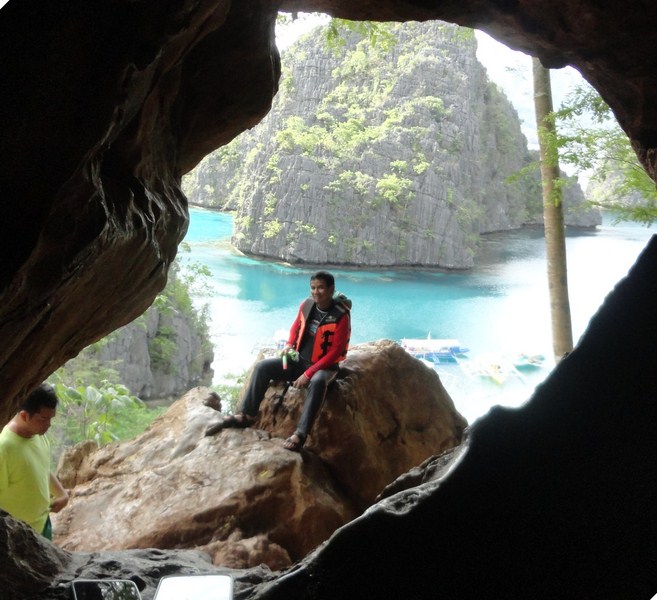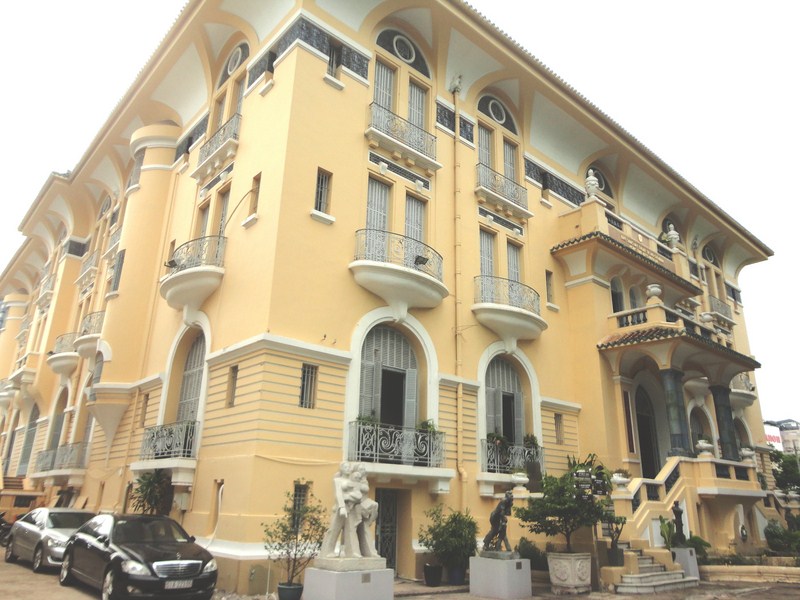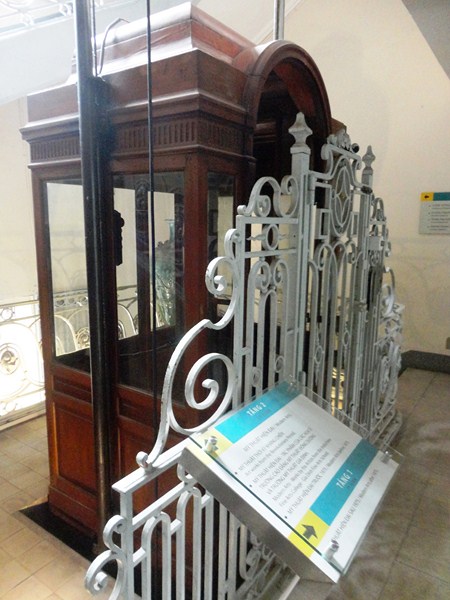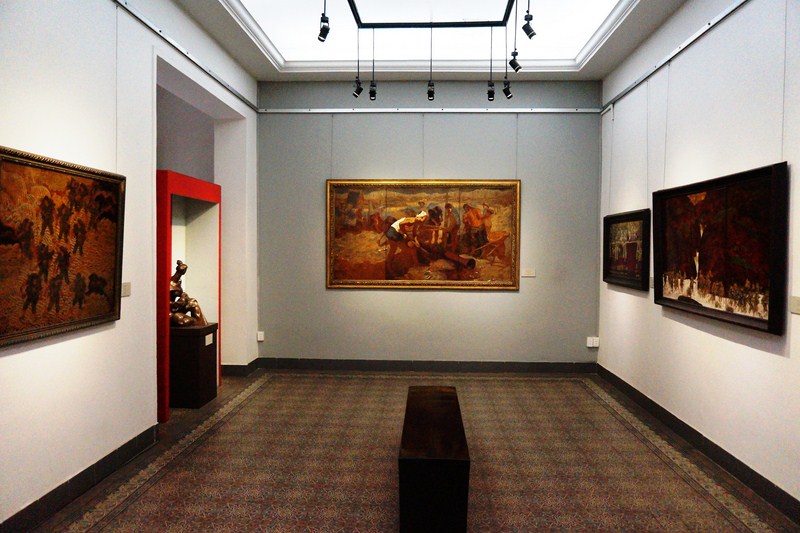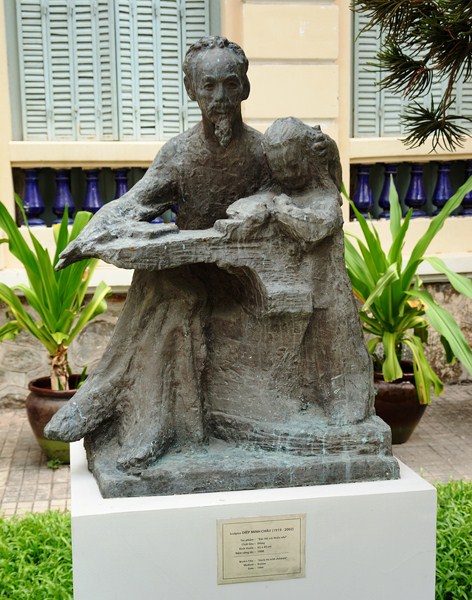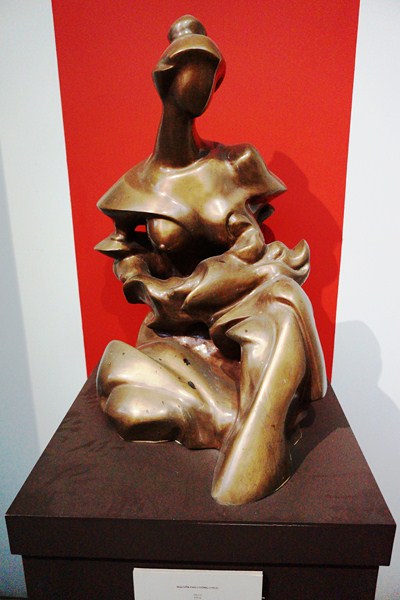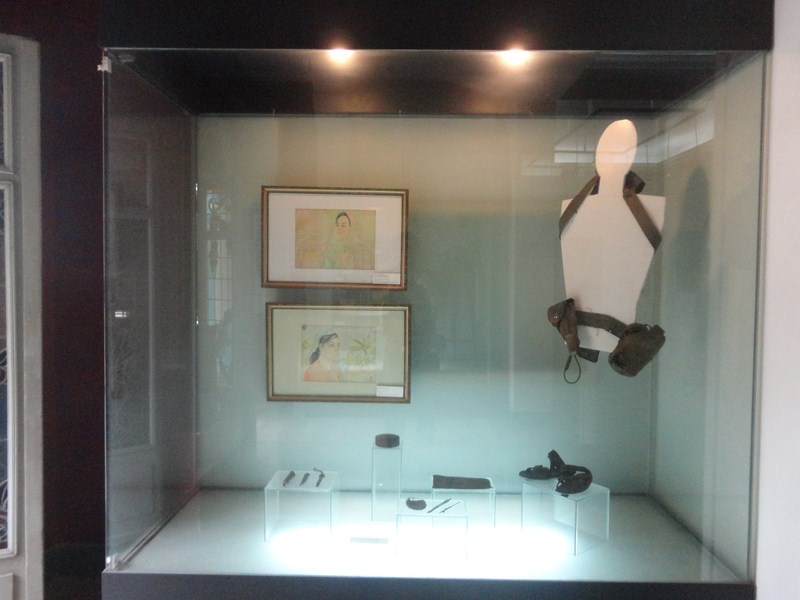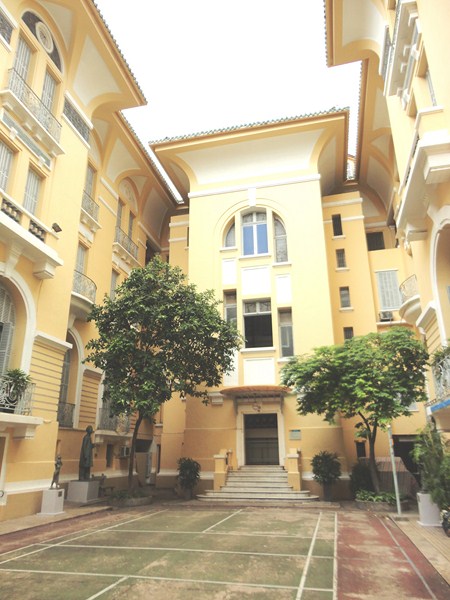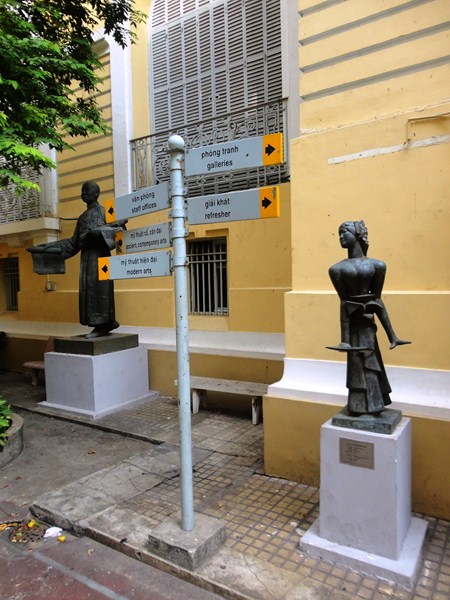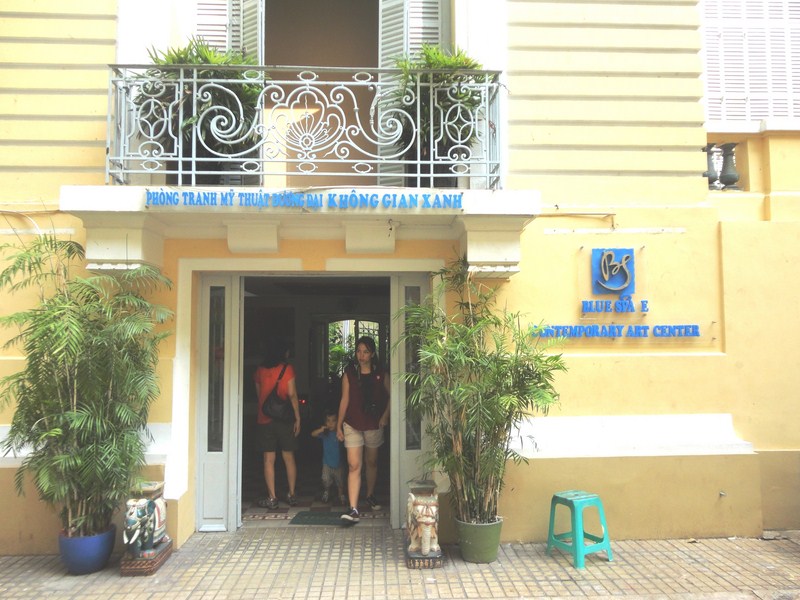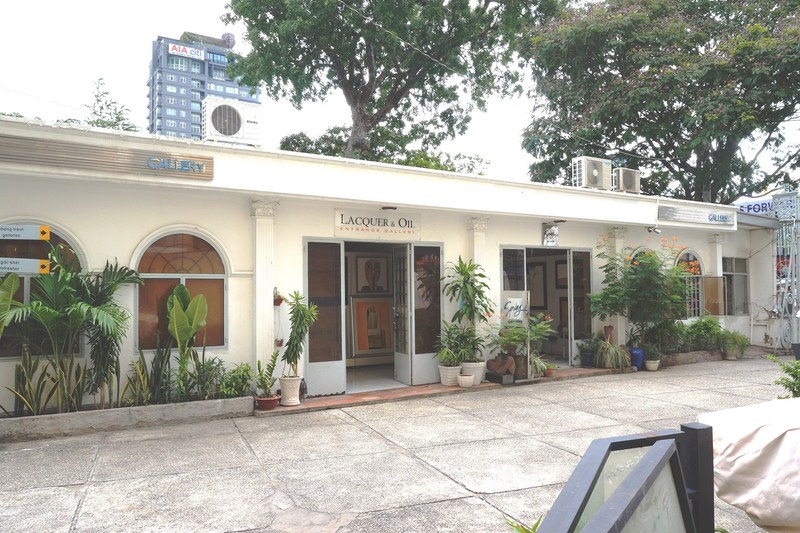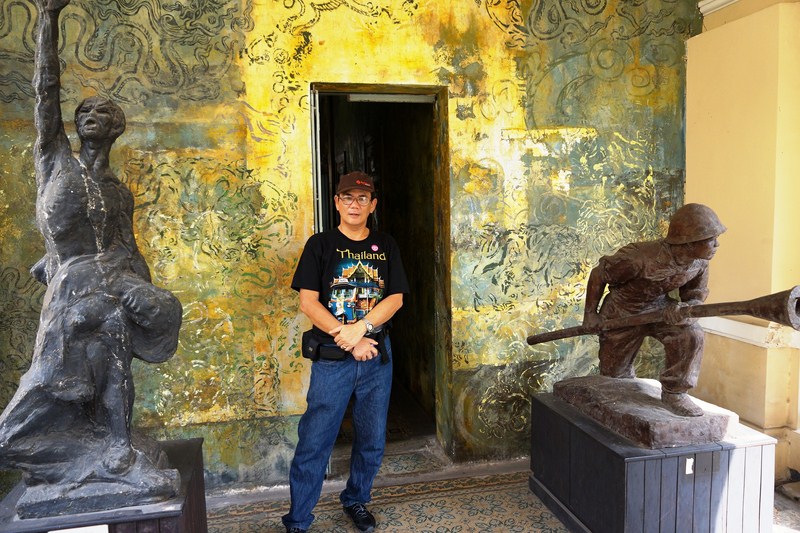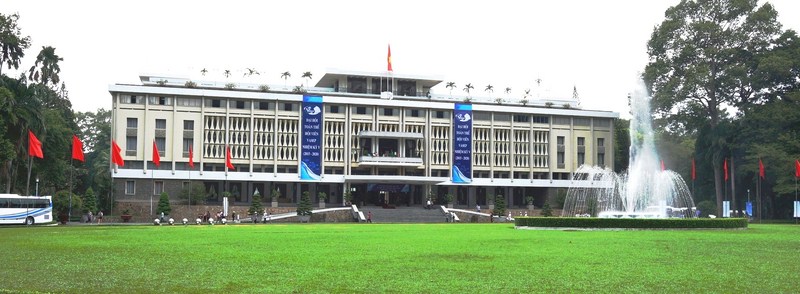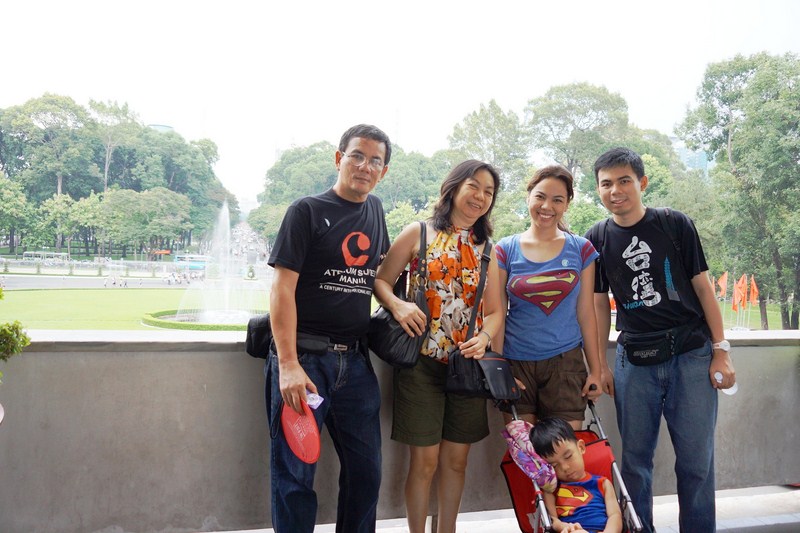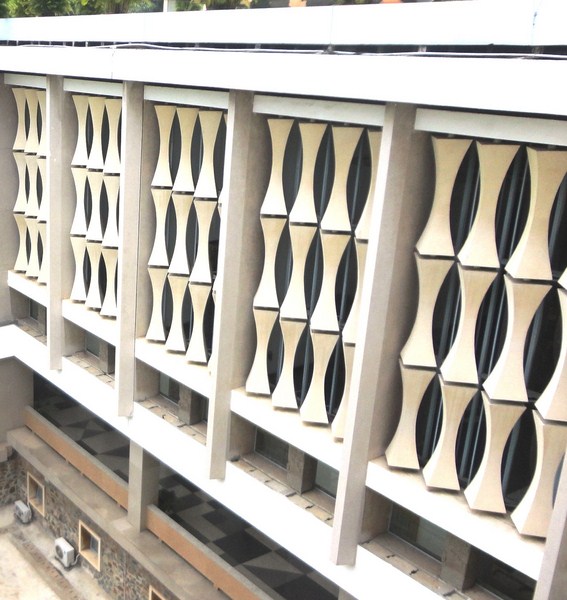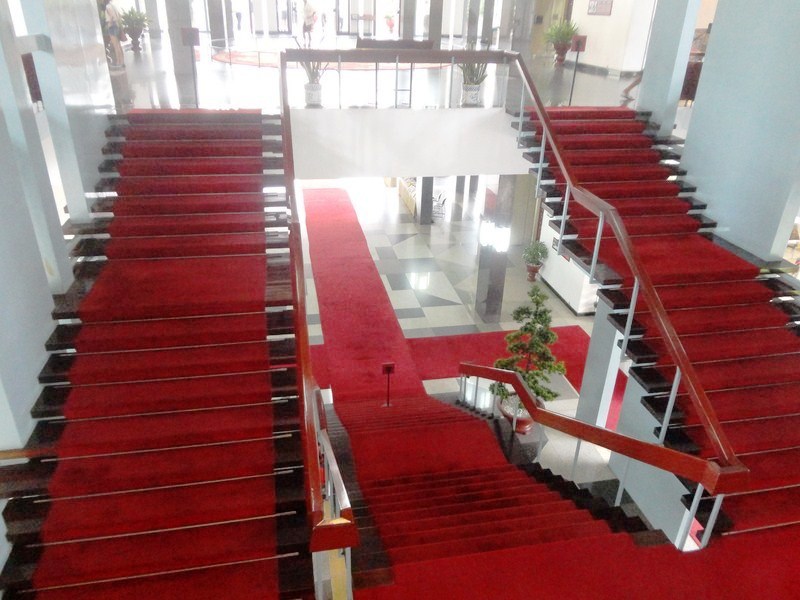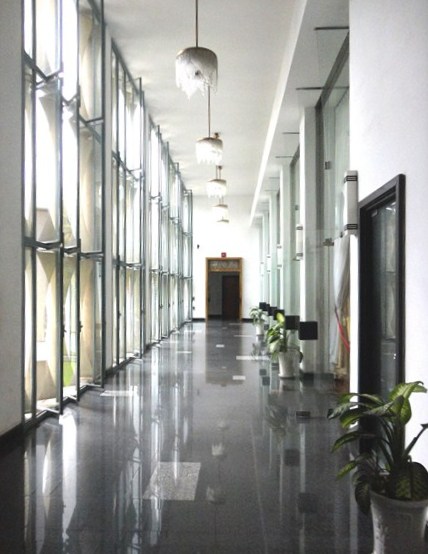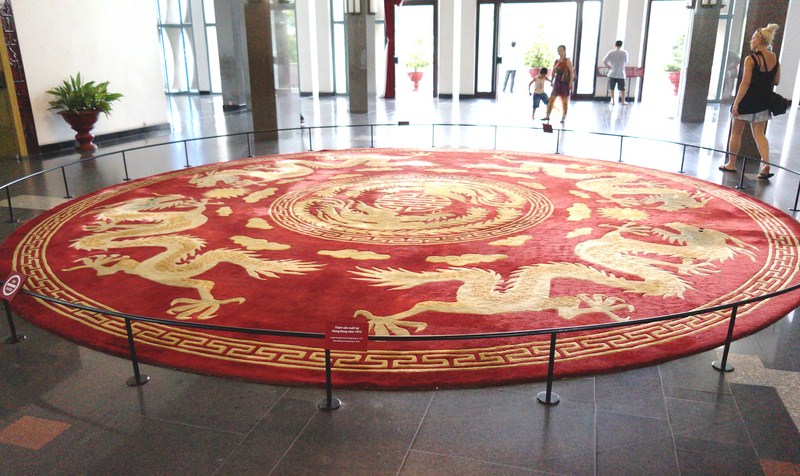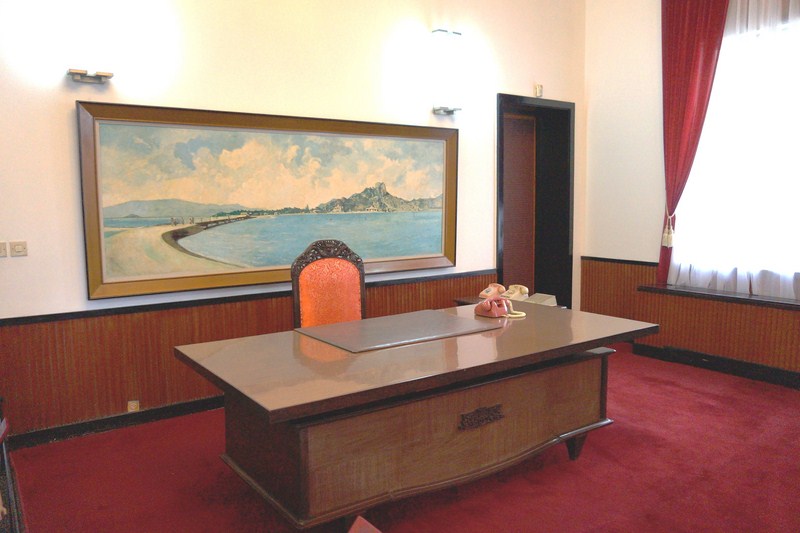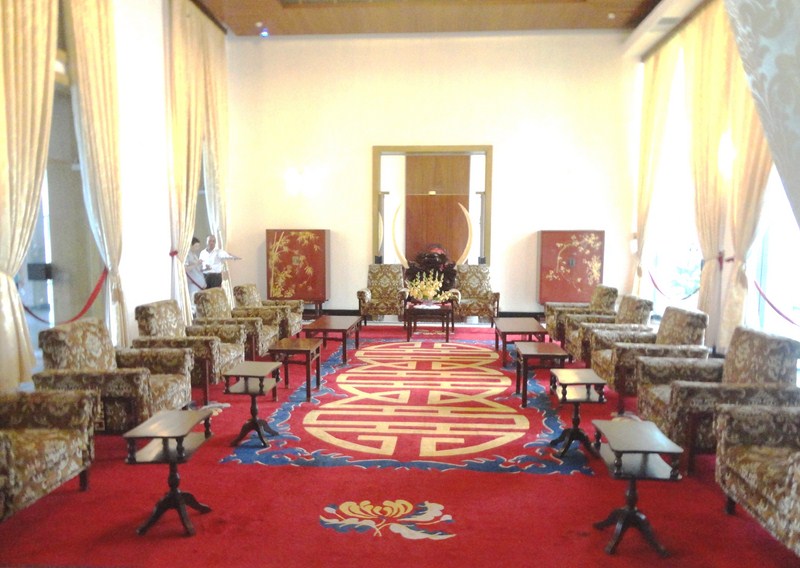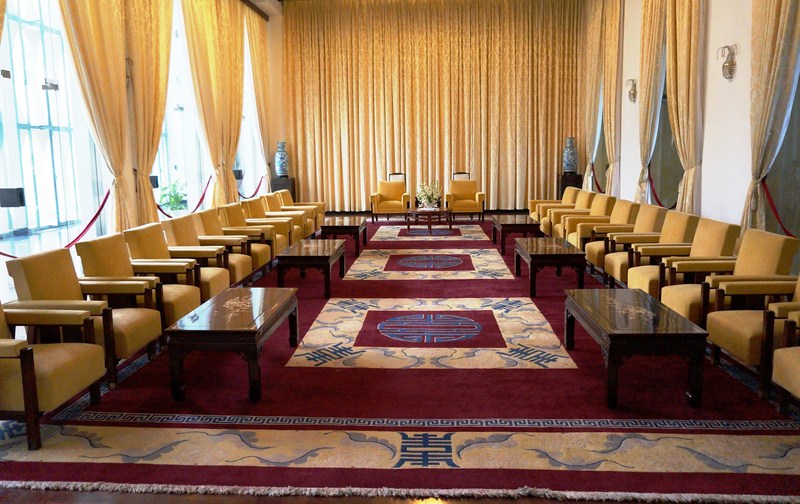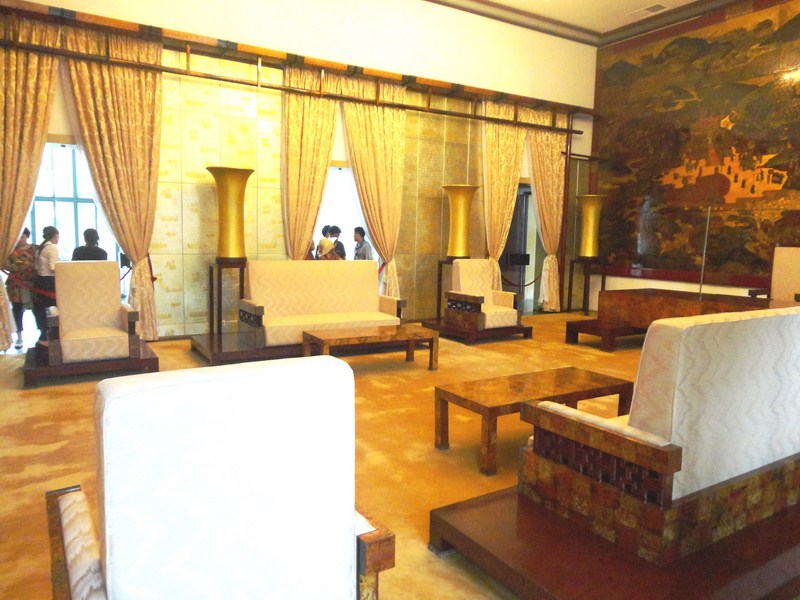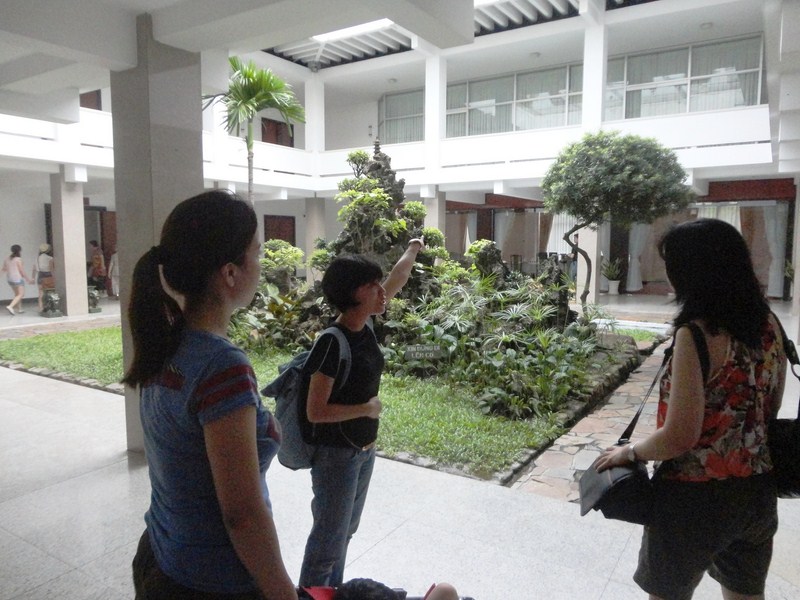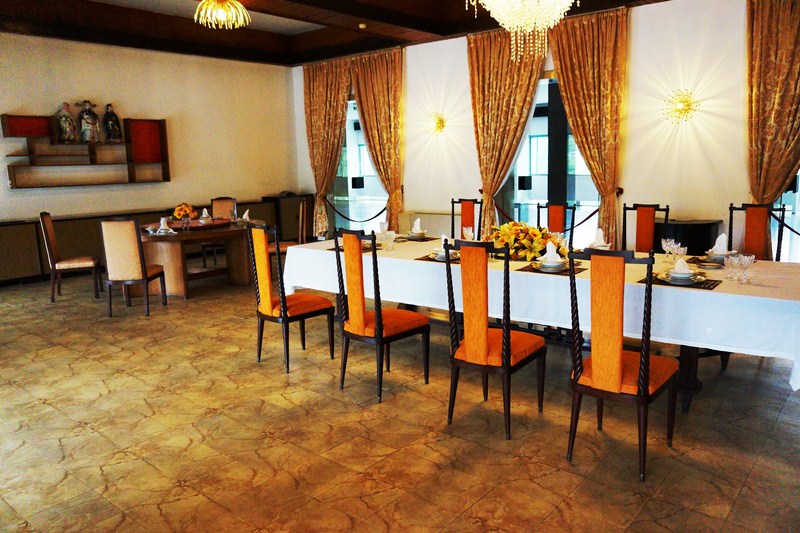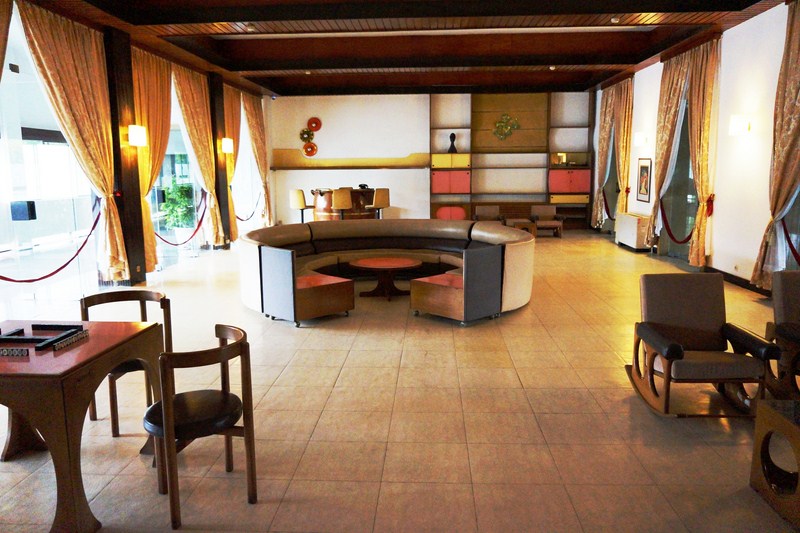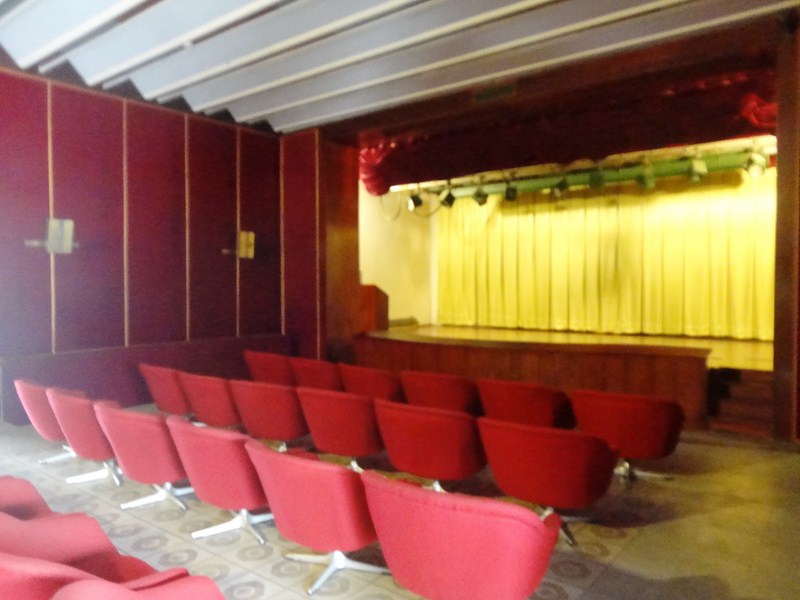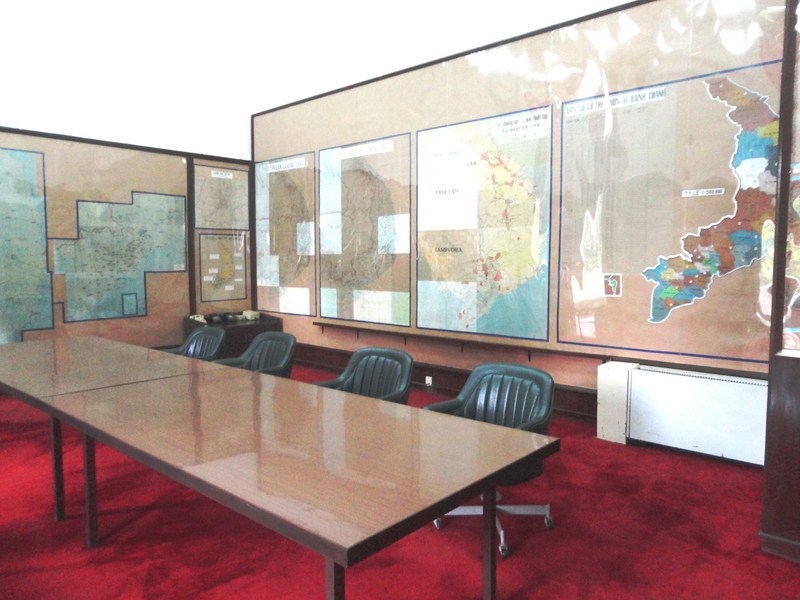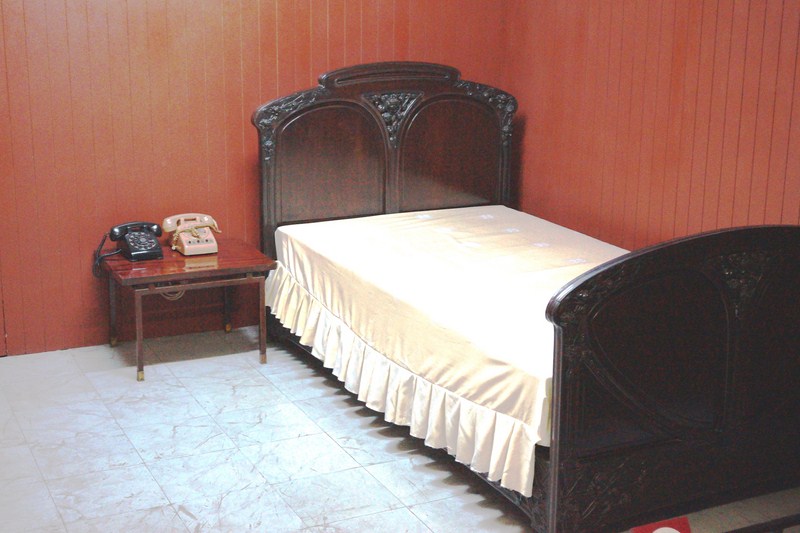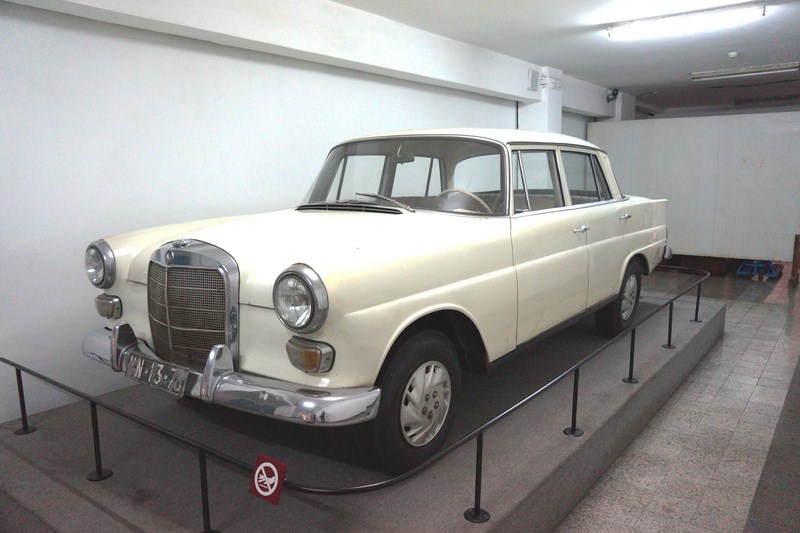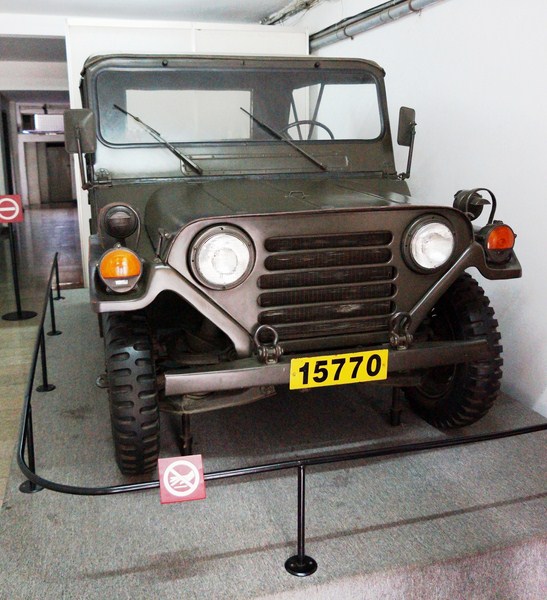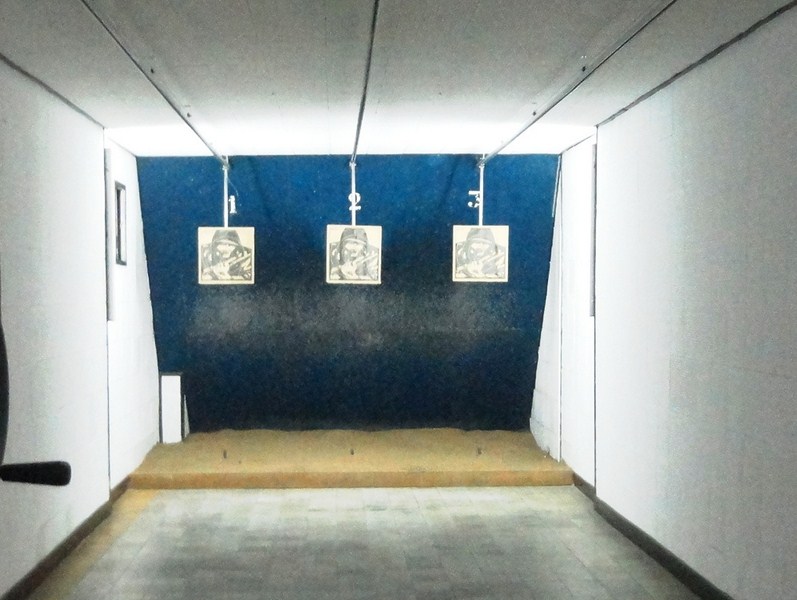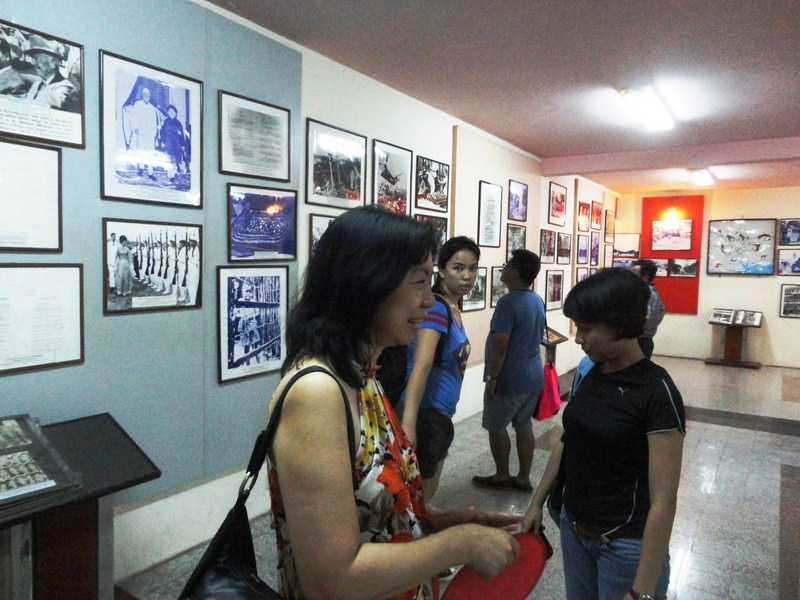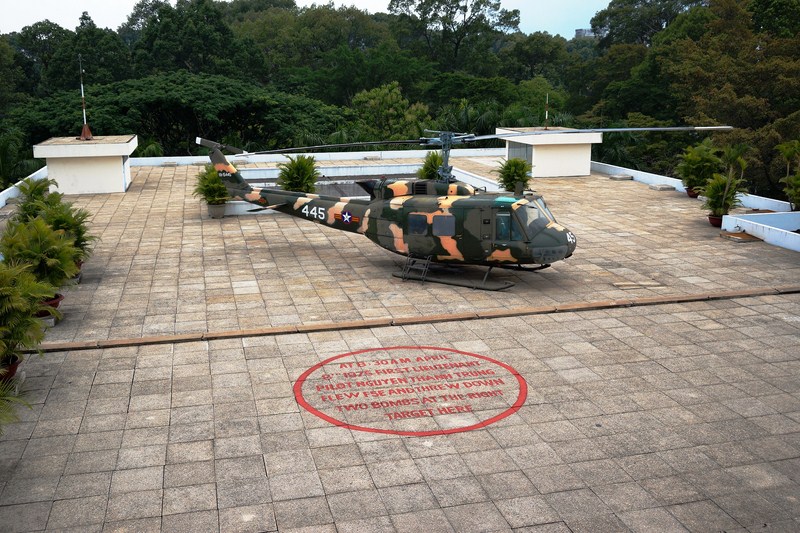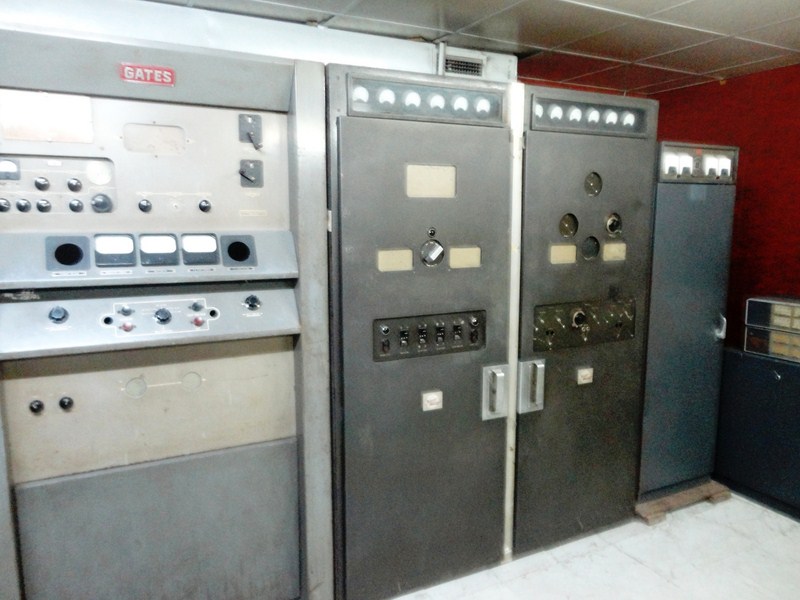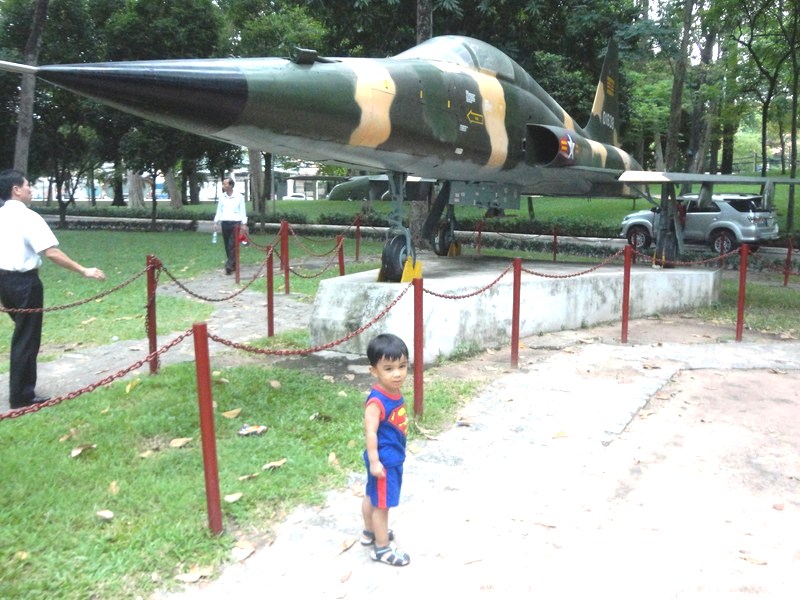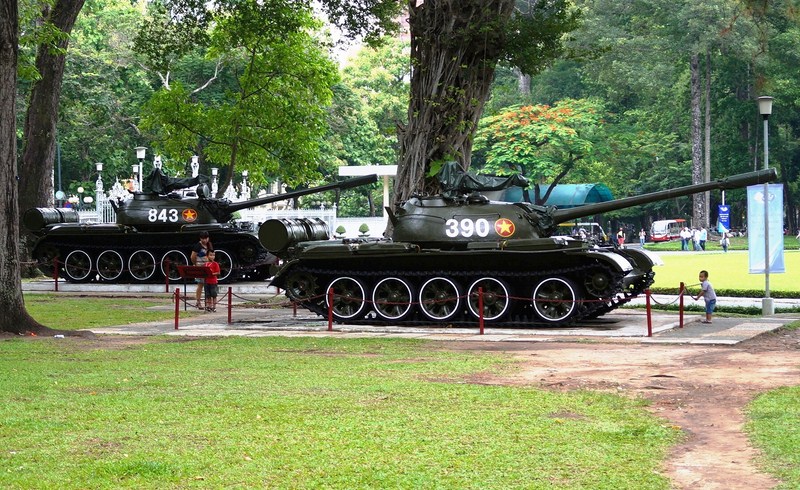On our third and last day in Coron, Aylin, Issa and I were awake by 5 AM, just in time for us to make it to the town proper, via van, were we hoped to catch the sunrise atop the 210 m. (689 ft.) high Mt. Tapyas, the second highest in Coron.
From Ligaya Pier, we could already view the mountain, prominent for its giant steel cross (lighted at night) on its peak. Tapyas, in English, literally means “shaved off” or “chipped” because, during the Liberation, one side of the mountain was literally chipped when American forces bombed the Japanese camp on top.
Mt. Tapyas is not what you might expect as a mountaineering destination. It’s already been developed by the local government to give easy and more convenient access to tourists. Instead of hiking through typical mountain trails, trekkers only need to go up flights of some 724 concrete steps, with metal handrails, to the spacious view deck with concrete benches, just the right amount for a little cardio workout.
Our van dropped us off at the base of the stairs, just beside a community basketball court. Going up the mountain on our last morning in Coron, we encountered some groups striding up and down the mountain with minimal effort. Surely, they must be locals.
For city slickers like us not used to much walking, we had a hard time “conquering” the mountain. However, there were plenty of landings with shaded benches and picnic tables where we took a breather. However, many of these still showed damage from super typhoon Yolanda (international name: Haiyan) which also devastated Coron on November 8, 2013.
Since it was still very early in the morning, it just took me around 15 to 20 mins. to reach the top. Once there, the view was amazing. We were treated with a breathtaking panoramic 360-degree view of some of the offshore islands and the surrounding mountains, especially the mountain that they call the “Sleeping Giant.”
We also saw the whole of Coron town and appreciated its simplicity. There are two octagonal gazebos at the back but we didn’t go there anymore. Instead, we made our way back down the mountain. Our van just arrived, minutes after making it to the base of the mountain, and brought us back to Asia Grand View Hotel.
For first-time visitors to Coron town, it’s highly recommended that they go up Mt. Tapyas. It’s best to climb it early in the morning, to see the sunrise, or before night falls to see the sun setting on Coron Bay.
The climb may be grueling, but the gorgeous views atop the mountain make it a great experience truly worth the effort. There are refreshment stalls and vendors that sell bottled water, energy drinks and juice drinks. For those who get regular weekly exercise, this trek should be a breeze.
How To Get There: From the town, entry to the steps to Mt. Tapyas is very accessible. From the main road, just look for the landmark Iglesia ni Cristo Church and San Agustin Street (which turns into the slightly sloping Malvar Street) which leads the way to an elevated basketball court at the base. Road signs point directions to Mount Tapyas view deck.
How to Get to Coron: Skyjet Airlines has 4 times weekly (Mondays, Wednesdays, Fridays and Sundays, 10:30 AM) flights from Manila (NAIA Terminal 4) to Coron (Francisco Reyes Airport). Travel time is 30 mins.
Asia Grand View Hotel: Governor’s Ave., Jolo, Brgy. 5, Coron, Palawan. Tel:(+632) 788-3385. Mobile number: (0999) 881-7848. E-mail: gsd@asiagrandview.com. Manila sales office: Unit 504, Richmonde Plaza, 21 San Miguel Ave., Ortigas Center, Pasig City. Tel: (+632) 695-3078 and 531-8380. Mobile number: (0917) 550-7373 to 75 Fax: (+632) 695-3078. E-mail: info@asiagrandview.com. Website: www.asiagrandview.com.
Skyjet Airlines: Manila Domestic Airport, Parking A, Terminal 4, NAIA Complex, Brgy. 191, Pasay City, Metro Manila. Tel: (02) 863-1333. E-mail: sales@skyjetair.com. Website: www.skyjetair.com.

